Want to know how your heart rate affects calorie burn? This article will explain the link between heart rate and calorie expenditure, how to calculate calories burned based on your heart rate, and the best ways to monitor your heart rate for optimized workouts, especially regarding heart rate calorie burn.
Key Takeaways
-
Monitoring heart rate is crucial for optimizing workout intensity and estimating calorie burn, allowing for tailored exercise regimens.
-
Factors such as age, gender, and fitness level significantly influence calorie expenditure during workouts, necessitating personalized fitness strategies.
-
Utilizing proper heart rate monitors and understanding target heart rate zones enhances workout safety and effectiveness, leading to better fitness outcomes.
Calculating Calories Burned by Heart Rate

Heart rate serves as a vital indicator of exercise intensity and calorie burn. During exercise, an increased heart rate supplies more oxygen to muscles, aiding in calorie conversion to energy. Monitoring heart rate effectively tracks calorie expenditure during workouts.
Heart rate directly correlates with calorie burn; higher heart rates lead to more calories burned due to increased oxygen consumption. Monitoring your average heart rate during exercise estimates workout intensity and calorie expenditure.
Calculating calories burned based on heart rate involves a formula incorporating age, weight, and heart rate. This helps estimate calories burned per minute, enabling you to tailor workouts to specific fitness goals. Aim for 60-80% of your maximum heart rate for optimal calorie burn. Additionally, you can calculate calories burned based on your activities to further refine your exercise regimen.
Factors Influencing Calorie Burn
Several factors affect calorie burn during workouts. Age influences muscle mass and resting metabolic rate, while gender differences in body composition mean men typically burn more calories than women.
Fitness level also plays a role; fitter individuals often have a longer afterburn effect, burning calories at an elevated rate post-workout. Higher body weight typically results in more energy expended, increasing calorie burn.
Exercise intensity is a key factor; higher intensity workouts significantly boost calorie burn. Perceived exertion—how hard you feel you’re working—also influences calories burned. Understanding these factors helps tailor workouts to maximize calorie expenditure and meet fitness goals to burn calories.
Tools for Tracking Heart Rate
Accurate heart rate tracking optimizes workouts. Chest strap monitors, worn around the chest, are typically more precise than wrist monitors, especially during high-intensity exercises.
Many chest strap monitors integrate with various fitness apps and devices, enhancing functionality. When selecting a monitor, consider features like waterproof capabilities for swimming and battery life, as some can last up to a year.
Heart rate monitors on gym equipment may lose accuracy over time without regular calibration. Investing in a personal monitor provides consistent, accurate readings, helping you stay within target heart rate zones and achieve fitness goals.
High-Intensity Interval Training (HIIT) and Calorie Burn

High-intensity interval training (HIIT) effectively burns calories during and after exercise. It involves short bursts of intense activity followed by rest or low-intensity periods, aiding fat loss and improving cardiovascular fitness.
A key benefit of HIIT is the afterburn effect, or excess post-exercise oxygen consumption (EPOC), which keeps metabolism elevated post-workout, leading to additional calorie burn. However, the claim of substantial 24-hour calorie burning post-workout is often exaggerated.
Incorporating HIIT into your fitness routine effectively elevates heart rate and maximizes calorie expenditure for fat burning. Balance HIIT with other exercises to avoid overtraining and maintain a well-rounded fitness regimen.
Understanding Your Target Heart Rate Zones

Knowing your target heart rate zones optimizes workouts and helps achieve fitness goals. The fat-burning heart rate is about 70% of your maximum, while moderate exercise ranges from 50% to 70%.
Determine target heart rate zones using methods like the Karvonen formula, which considers heart rate reserve. Perceived exertion, or how hard you feel you’re working, also measures intensity. Higher exercise intensity correlates with higher heart rates and increased calorie burn.
Contrary to popular belief, fat burning also occurs at higher heart rates, leading to greater overall calorie expenditure and more effective workouts. Understanding and using target heart rate zones tailors exercise routines to meet specific goals, such as burning fat, improving cardiovascular fitness, or enhancing performance in the fat burning zone.
How to Calculate Your Maximum Heart Rate
Calculating maximum heart rate determines appropriate exercise intensity. The common formula is subtracting your age from 220, so for a 35-year-old, the maximum heart rate would be 185 beats per minute.
However, this formula is a general guideline, and individual variations exist. Direct maximal exercise testing is the most accurate method, offering a precise metric for optimizing workouts and calorie burn.
Knowing your maximum heart rate ensures you stay within safe and effective intensity levels during exercise.
The Role of VO2 Max in Calorie Burning
VO2 max measures the maximum oxygen your body can use during intense exercise, significantly influencing exercise intensity and calorie burn. An increase of 1 liter in VO2 max is linked to an approximate daily rise in energy expenditure of about 60 kcal.
HIIT can elevate metabolism for hours post-exercise, maximizing calorie burn linked to VO2 max through the afterburn effect. Improving VO2 max enhances oxygen utilization, leading to better performance and more calories burned during workouts.
Importance of Hydration and Temperature
Hydration is vital for maintaining performance and cognitive functions during exercise. Drinking water before, during, and after exercise ensures optimal hydration, aiding peak performance. Decreased fluid levels can increase body temperature and heart rate, affecting workout efficiency.
Dehydration can cause fatigue, headaches, and dark urine, while over-hydration, though rare, poses severe health risks. Proper hydration is crucial for optimal heart rate and overall exercise performance.
Impact of Medications and Caffeine on Heart Rate
Certain medications can influence heart rate, affecting calorie burn assessments. If on medications that elevate heart rate, consult a doctor to understand their impact on your exercise routine and calorie burn.
Caffeine, a common stimulant, can also raise heart rate. While it enhances performance by increasing alertness and energy levels, monitor your heart rate to ensure it remains within safe limits during exercise.
Emotional State and Its Effect on Heart Rate
Emotions like stress and excitement can elevate heart rate even before physical activity. This rise can affect calorie burn, as the body is already working harder due to emotional states.
Understanding how emotional states impact heart rate and calorie expenditure helps manage workouts. Recognizing emotional influences on heart rate allows you to adjust exercise intensity, avoiding overexertion and achieving accurate calorie burn assessments.
Benefits of Monitoring Heart Rate During Exercise
Monitoring heart rate during exercise effectively gauges exercise intensity. It helps determine if you are training too hard or too lightly, ensuring you stay within a safe intensity range and reduce the risk of overexertion and related injuries.
Using heart rate targets enhances cardiovascular and respiratory fitness, leading to improved overall health and performance. Regularly checking your heart rate helps optimize workouts to achieve fitness goals more efficiently.
Common Myths About Heart Rate and Calorie Burn
Several myths surround heart rate and calorie burn. For instance, sweating is often mistakenly seen as a workout’s effectiveness, but it can be influenced by external conditions and individual physiology. Another myth is that pain indicates results; in reality, pain can signal injury and should not be ignored.
It’s also a misconception that heart disease primarily affects inactive individuals. Various lifestyle factors contribute to cardiovascular risk. Additionally, the belief that too much exercise harms heart health isn’t entirely true; moderate activity increases are generally beneficial, while extreme training can lead to issues.
Debunking these myths helps you approach workouts with a more informed and balanced perspective.
Summary
Optimizing your workout by understanding heart rate and calorie burn involves a multi-faceted approach. From calculating calories burned based on heart rate to considering factors like age, gender, and fitness level, every aspect plays a crucial role in maximizing your exercise efficiency. Tools for tracking heart rate, such as chest strap monitors, can provide accurate data to help you stay within your target heart rate zones and achieve your fitness goals.
Incorporating methods like HIIT and understanding the role of VO2 max can further enhance calorie burn and overall performance. By staying hydrated, being mindful of medications and caffeine, and monitoring your emotional state, you can ensure a comprehensive approach to fitness. Embracing these insights will empower you to take control of your workouts, leading to better health and more effective results.
Frequently Asked Questions
How do I calculate the number of calories I burn during exercise?
You can calculate the calories burned during exercise by using a formula that includes your age, weight, and heart rate, which provides an estimate of calories burned per minute. This approach helps you tailor your workouts for optimal efficiency.
What factors influence how many calories I burn during a workout?
The number of calories you burn during a workout is influenced by factors such as your age, gender, weight, fitness level, and the intensity of the exercise. Generally, higher intensity workouts combined with a greater body weight will result in increased calorie expenditure.
What is the benefit of using a heart rate monitor during exercise?
Using a heart rate monitor during exercise allows you to accurately gauge your intensity levels, ensuring you remain within safe limits while optimizing your workout for improved cardiovascular and respiratory fitness. This tool can significantly enhance your overall training effectiveness.
Is it true that I need to exercise at a lower intensity to burn fat?
While lower intensity exercise can indeed help target fat burning, incorporating higher intensity workouts can increase overall calorie expenditure and improve results. Therefore, a balanced approach to varying exercise intensities is recommended for optimal fitness.
How does my emotional state affect my heart rate and calorie burn?
Your emotional state significantly impacts your heart rate and calorie burn; heightened emotions such as stress or excitement can increase your heart rate, which in turn may lead to greater calorie expenditure even without physical activity. It's important to consider these factors for more accurate workout assessments.

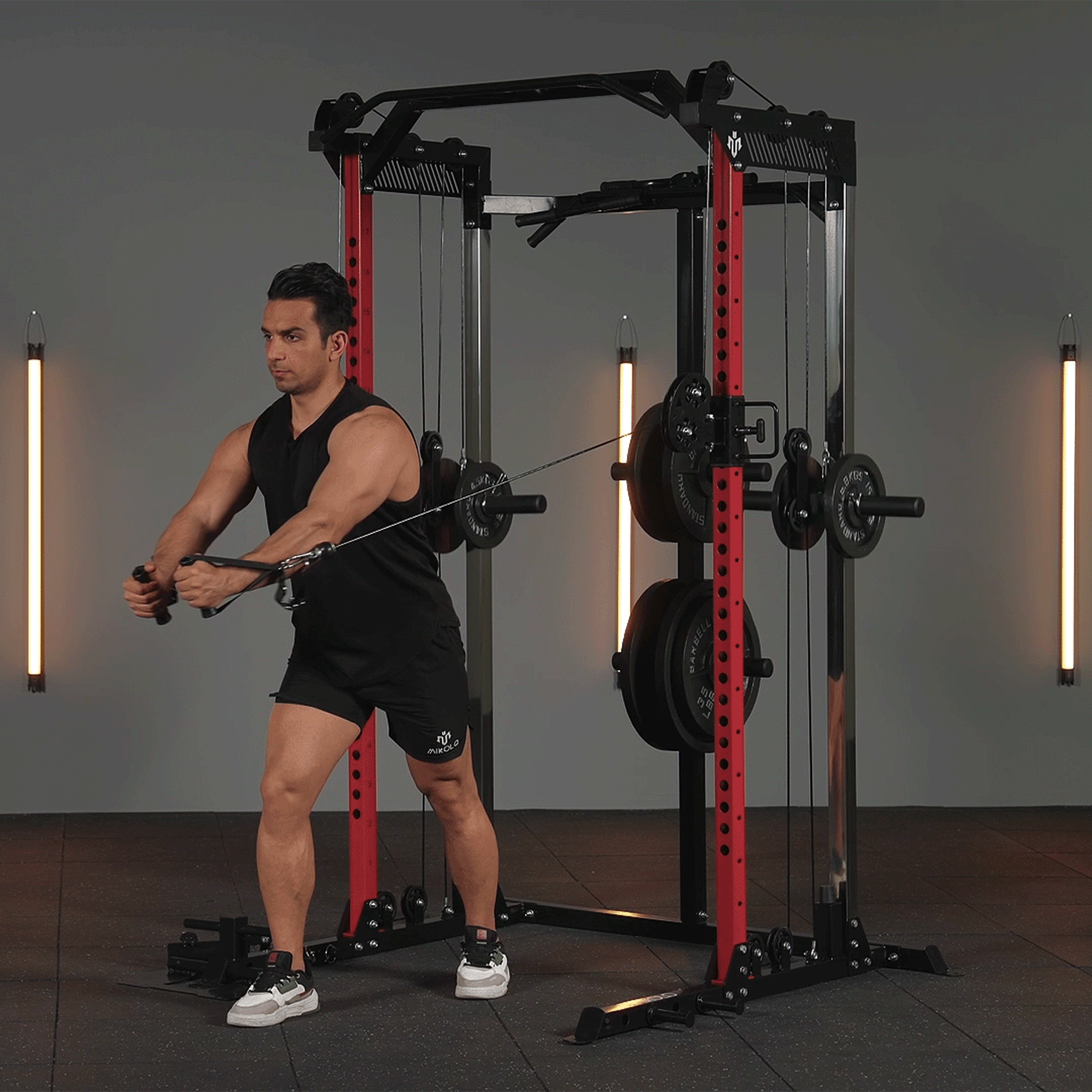
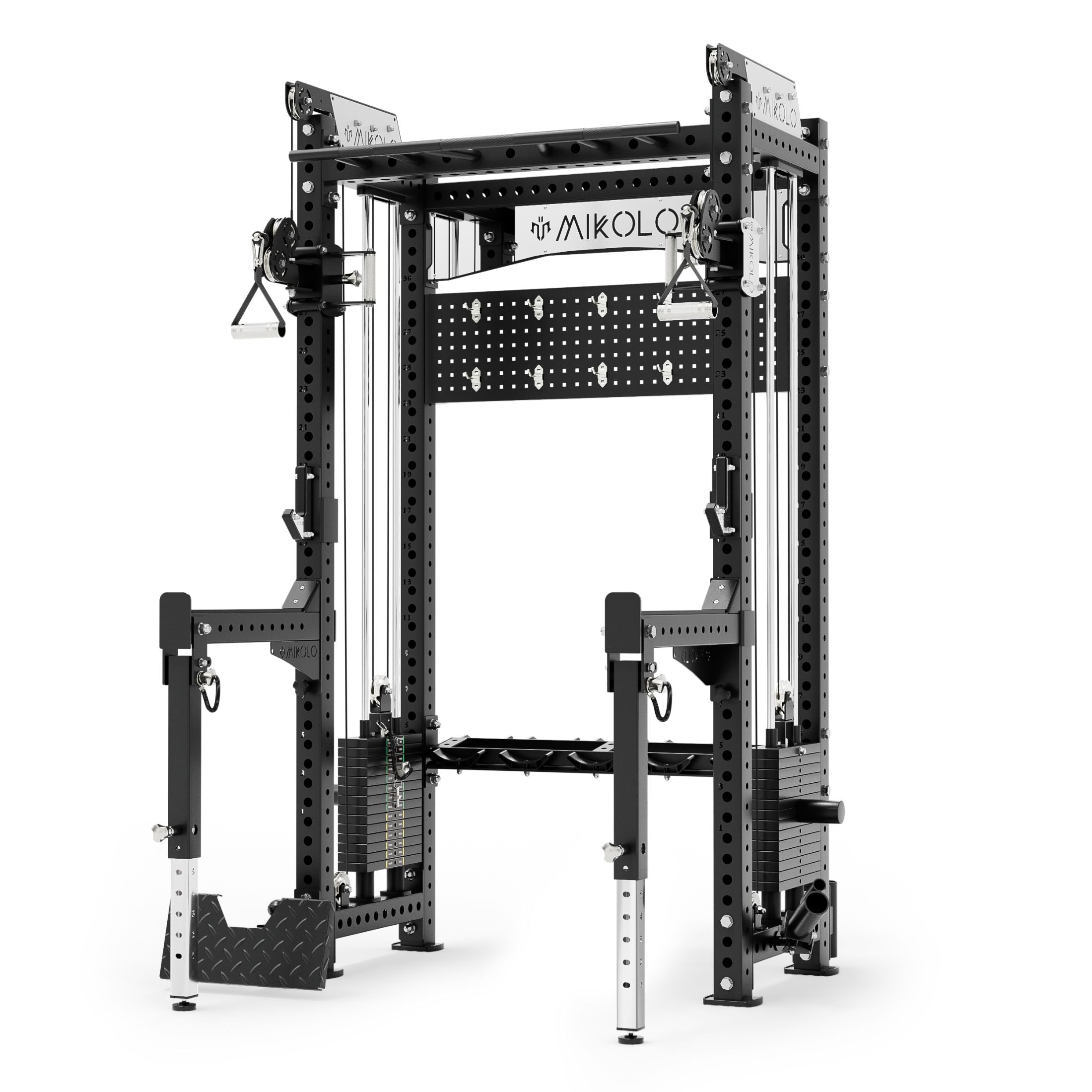
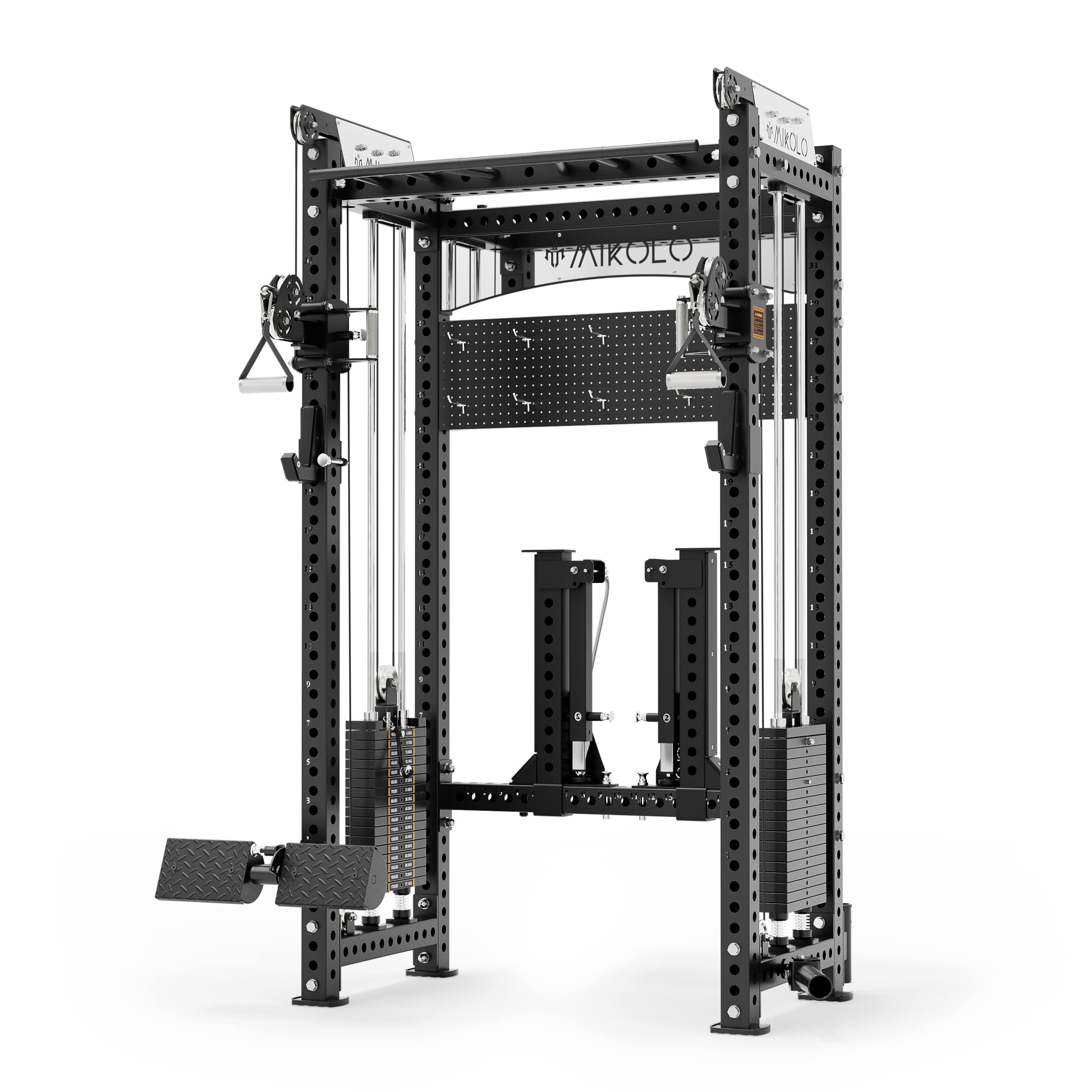
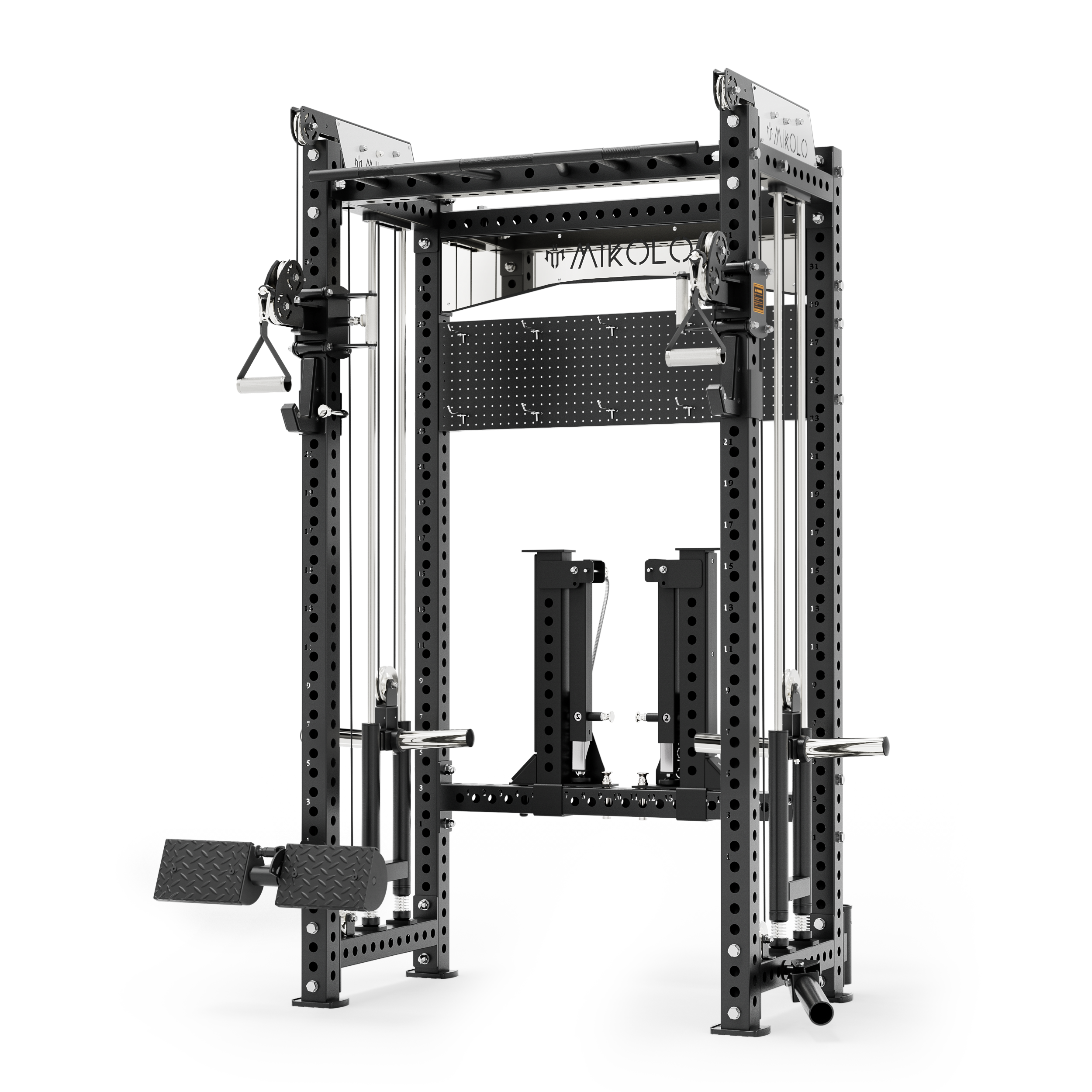
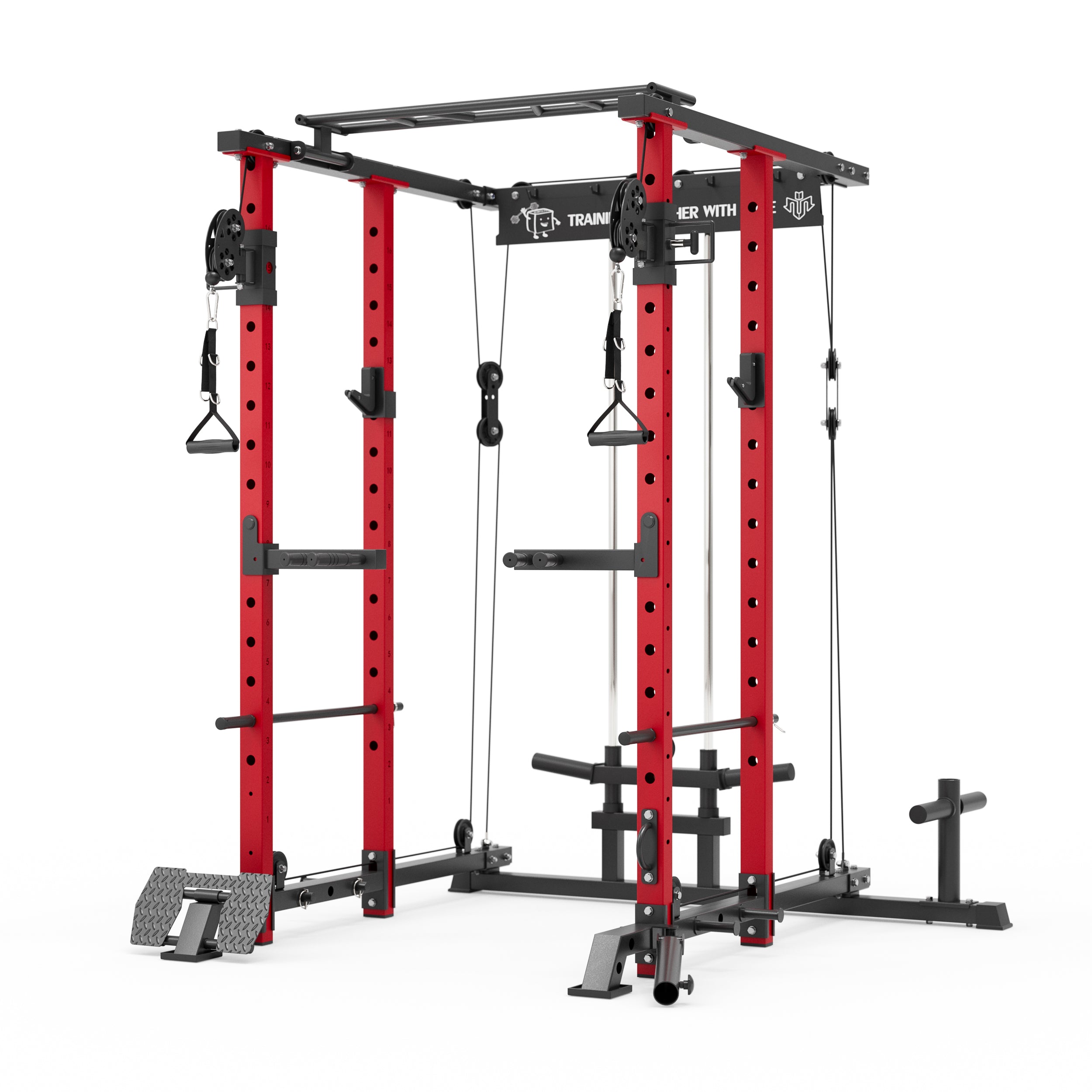
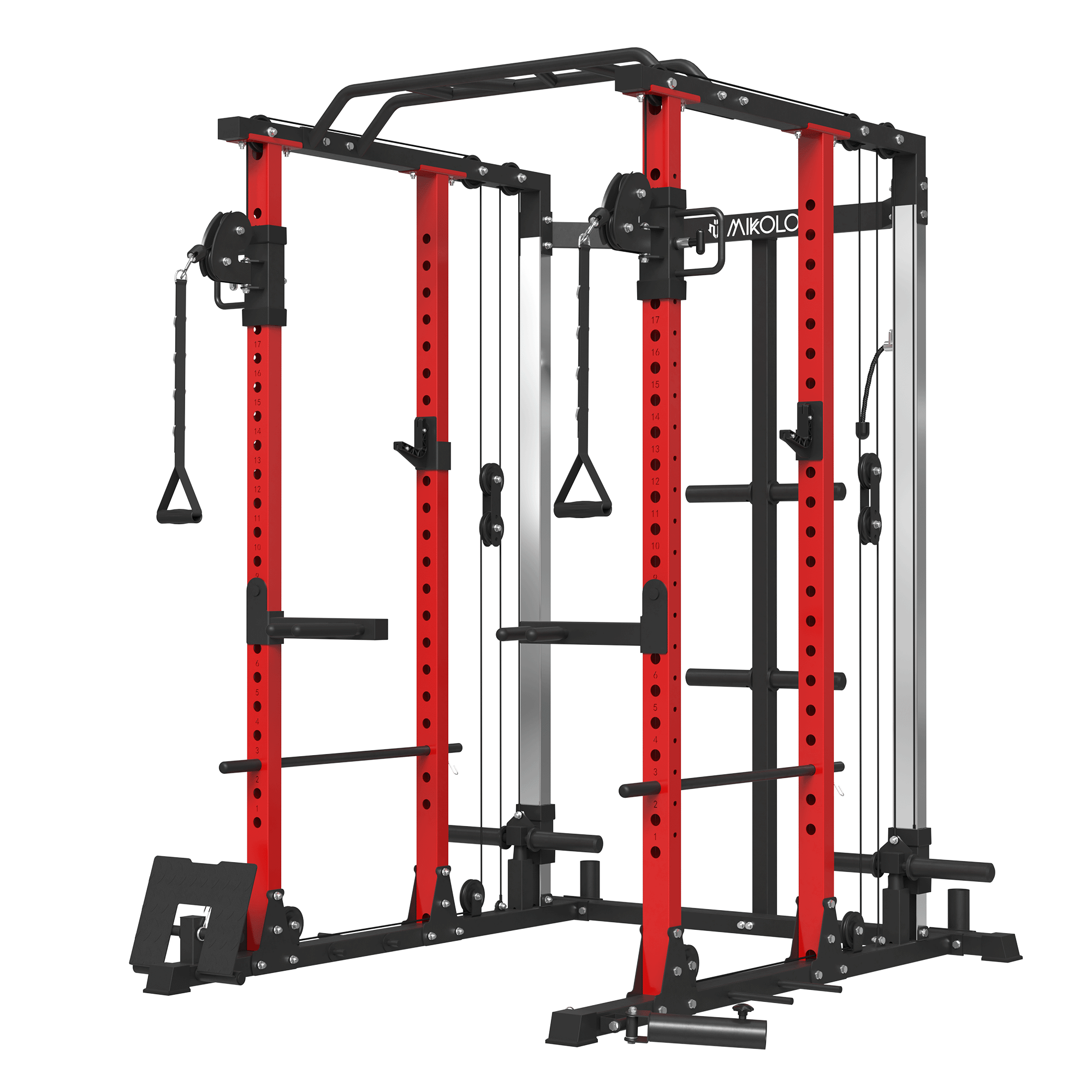
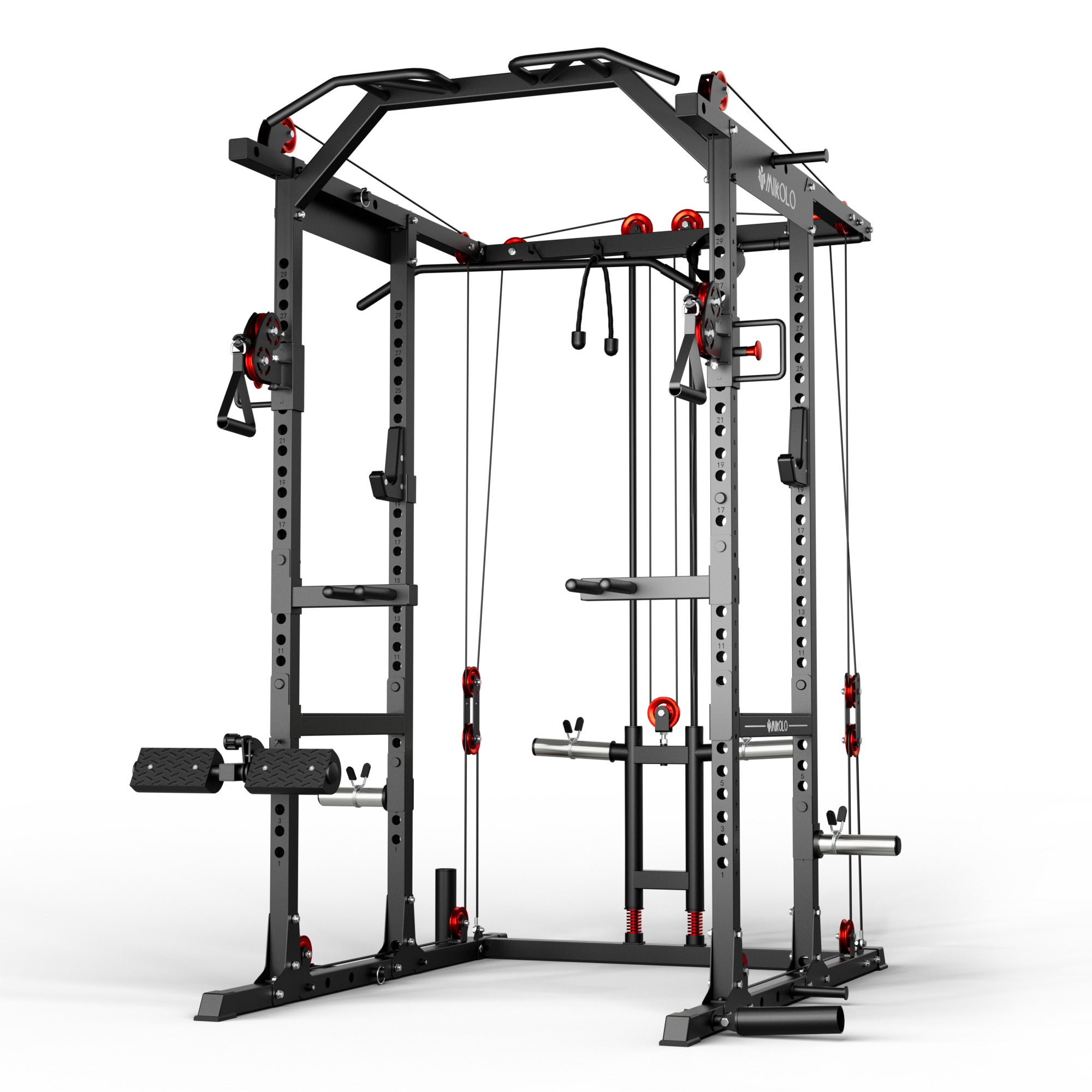
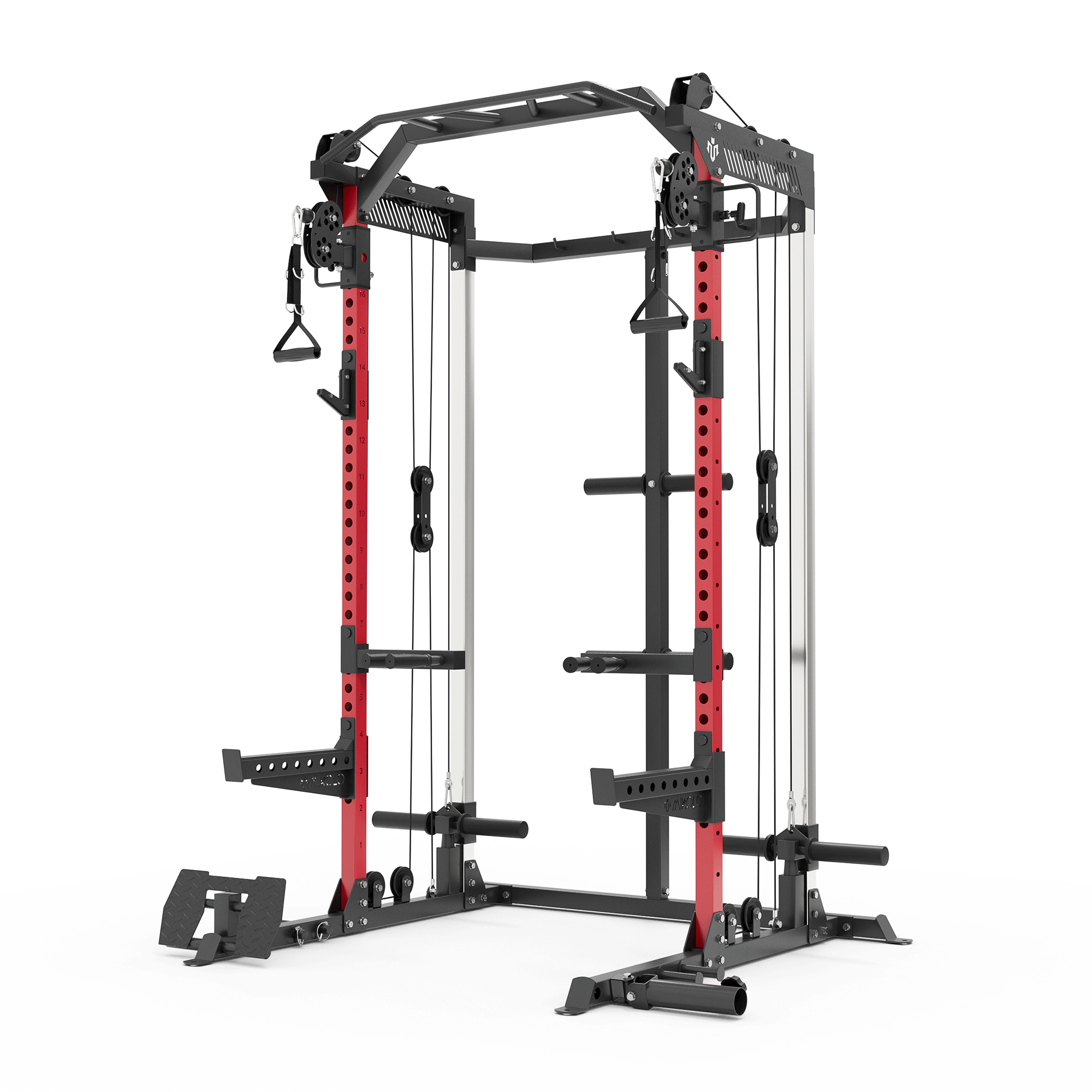

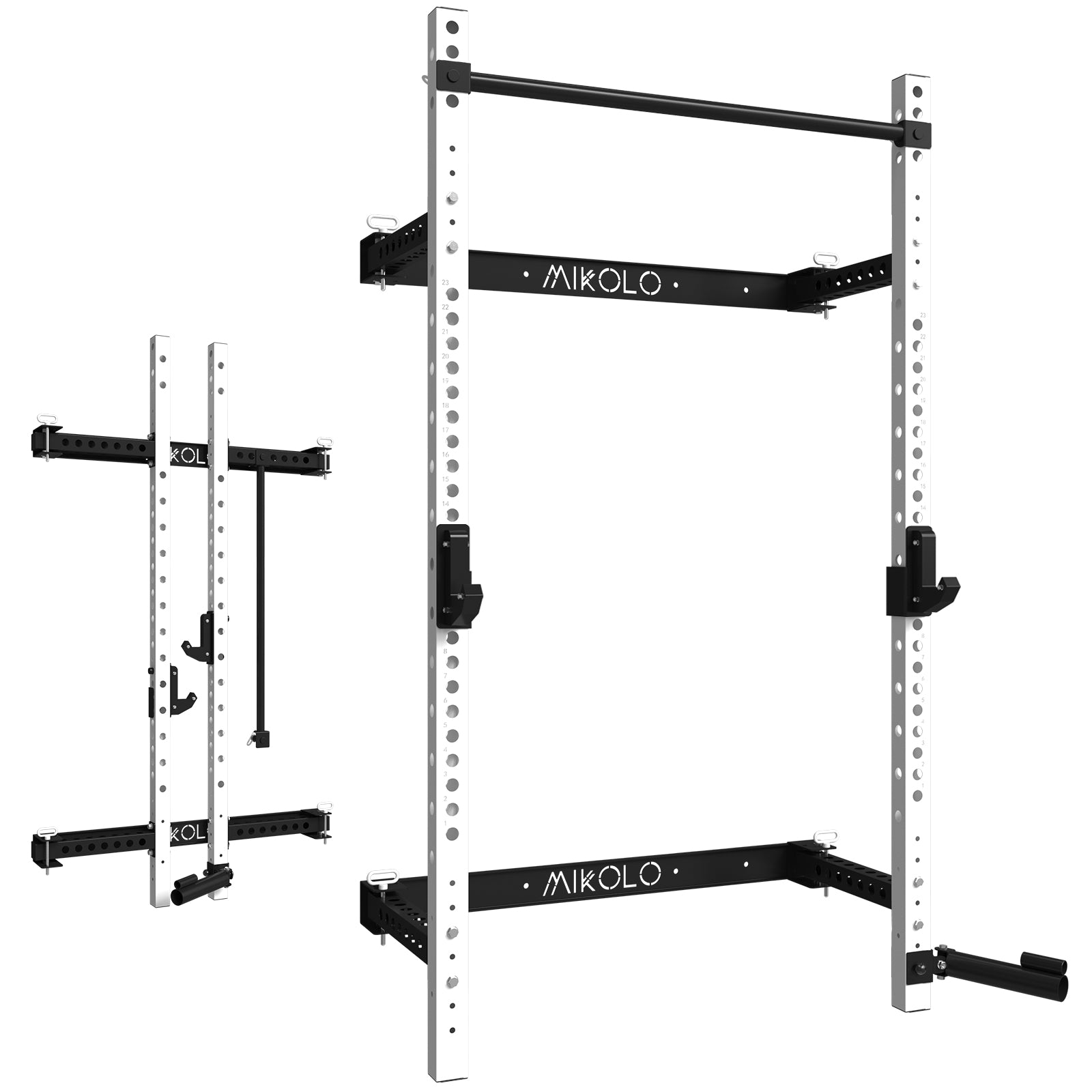
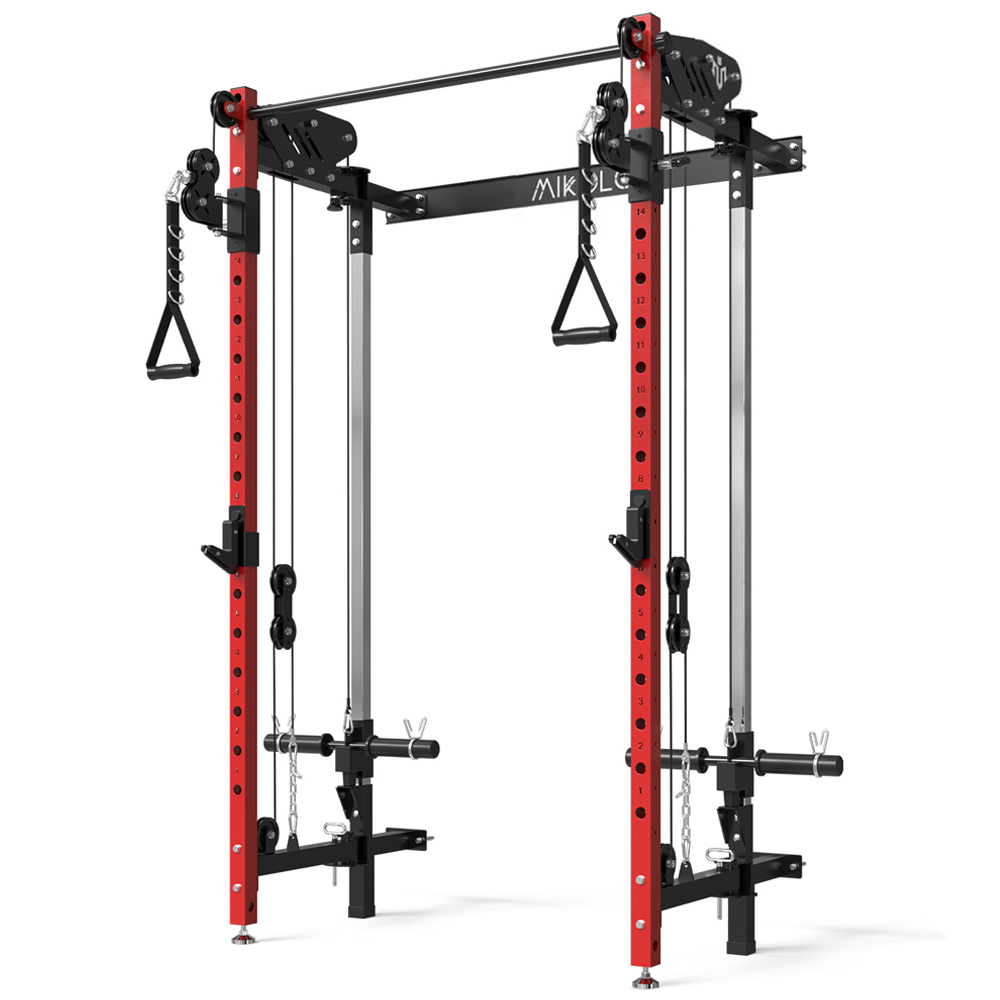
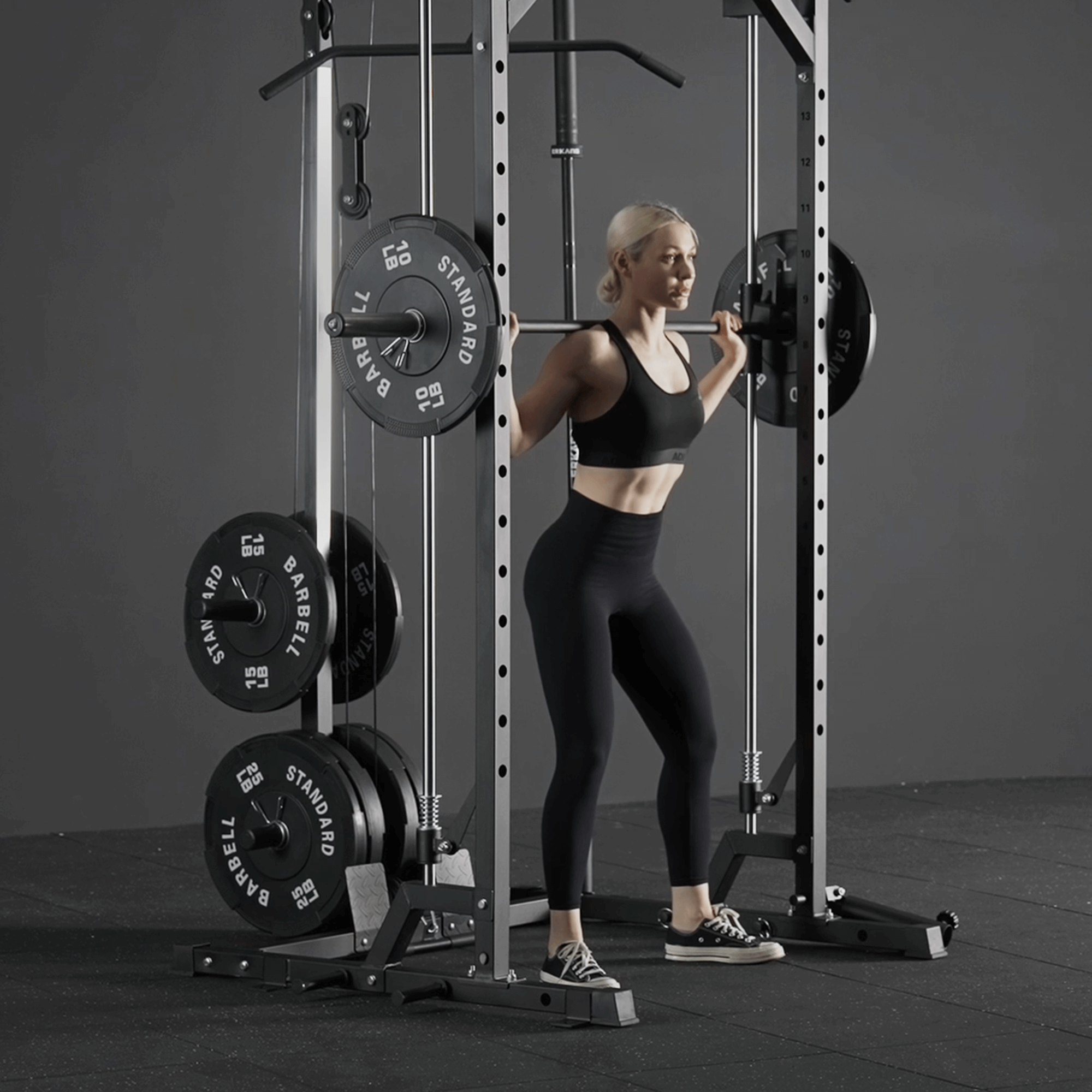
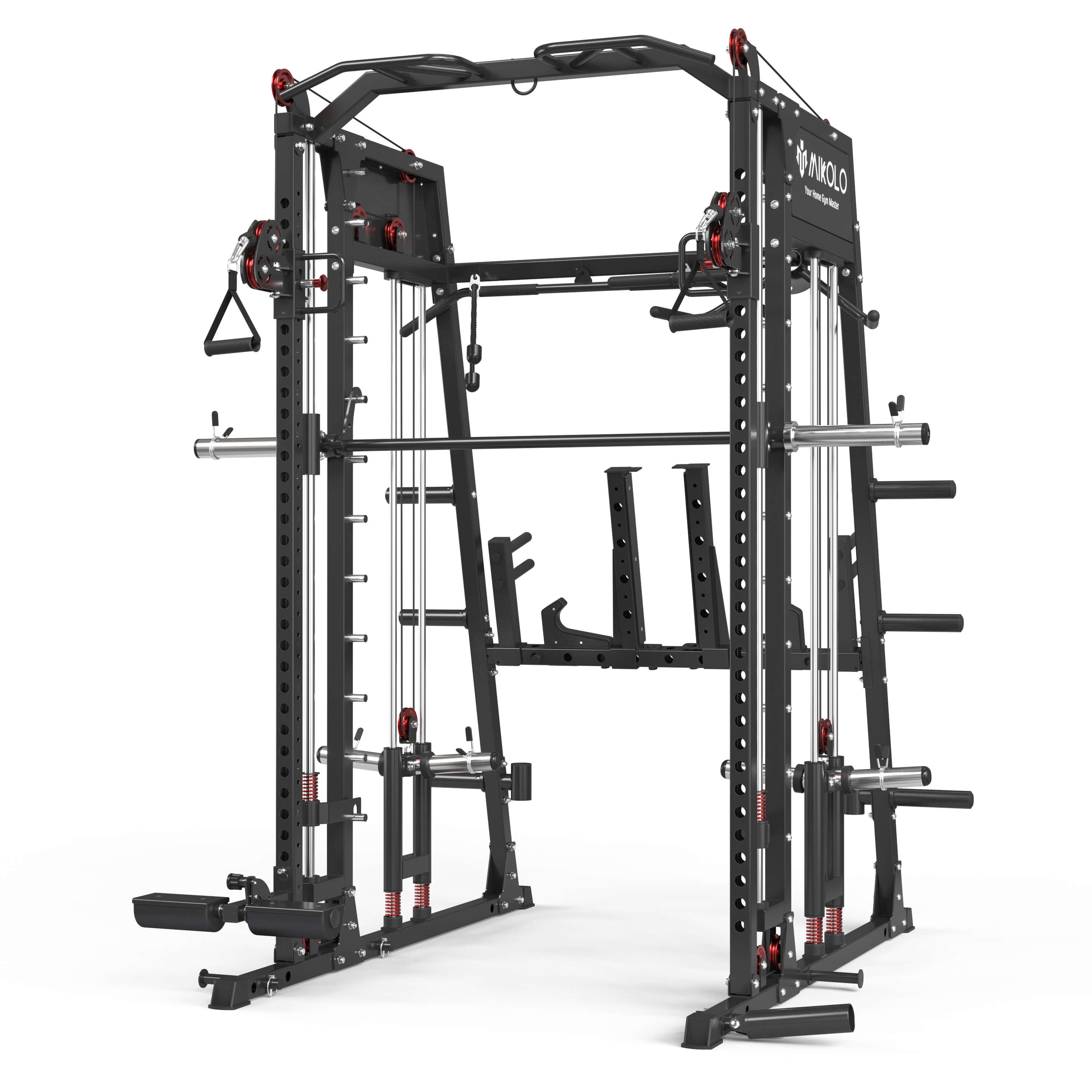

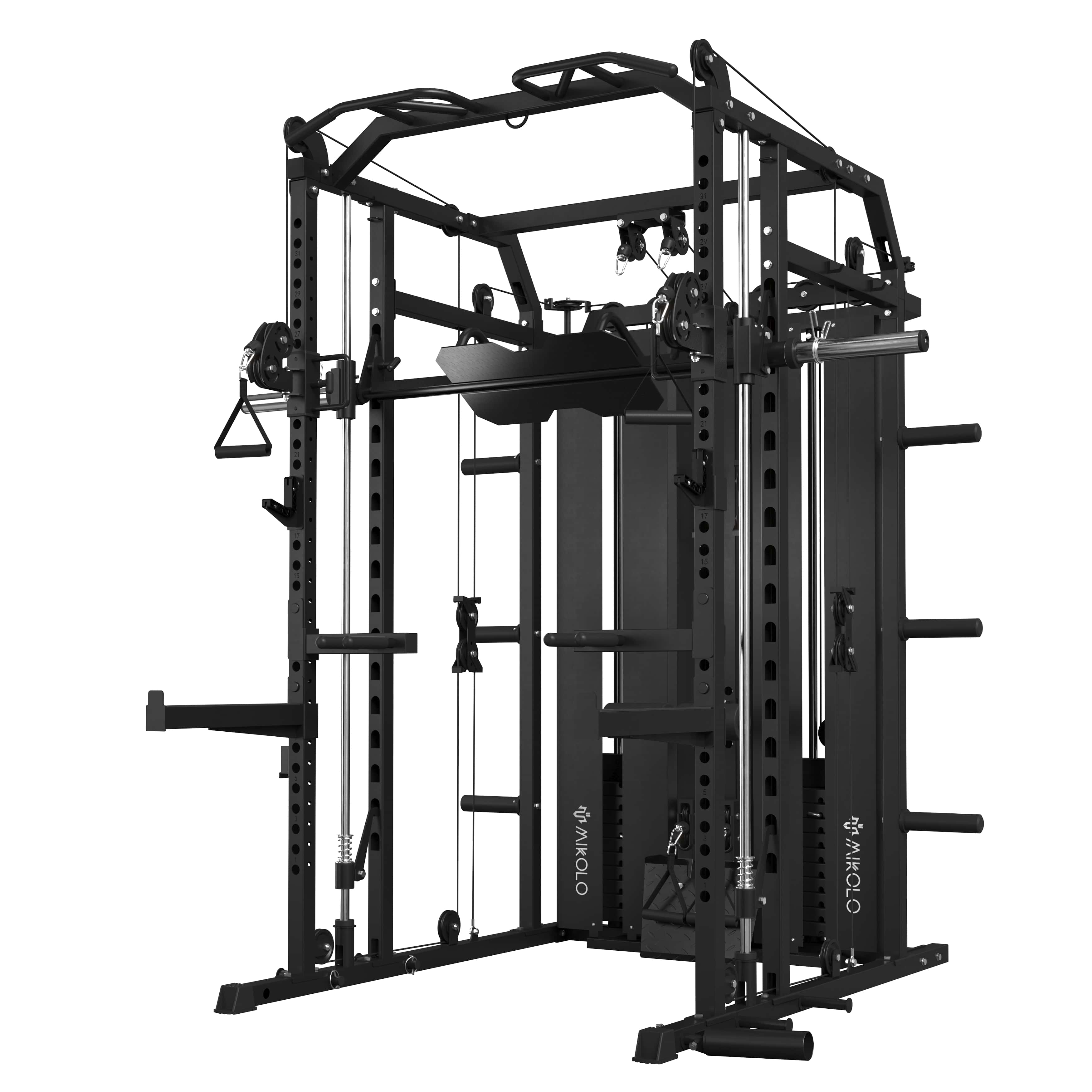
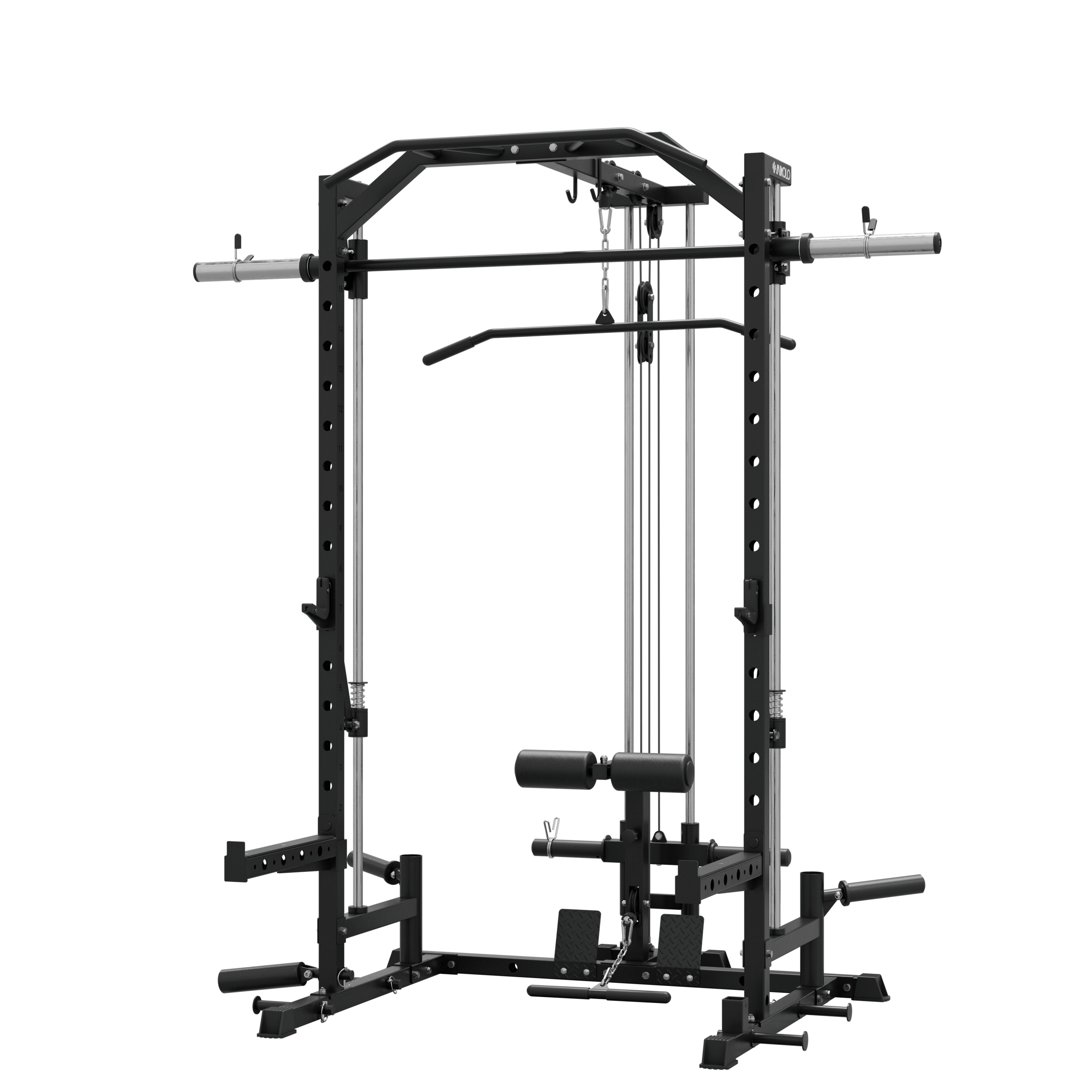
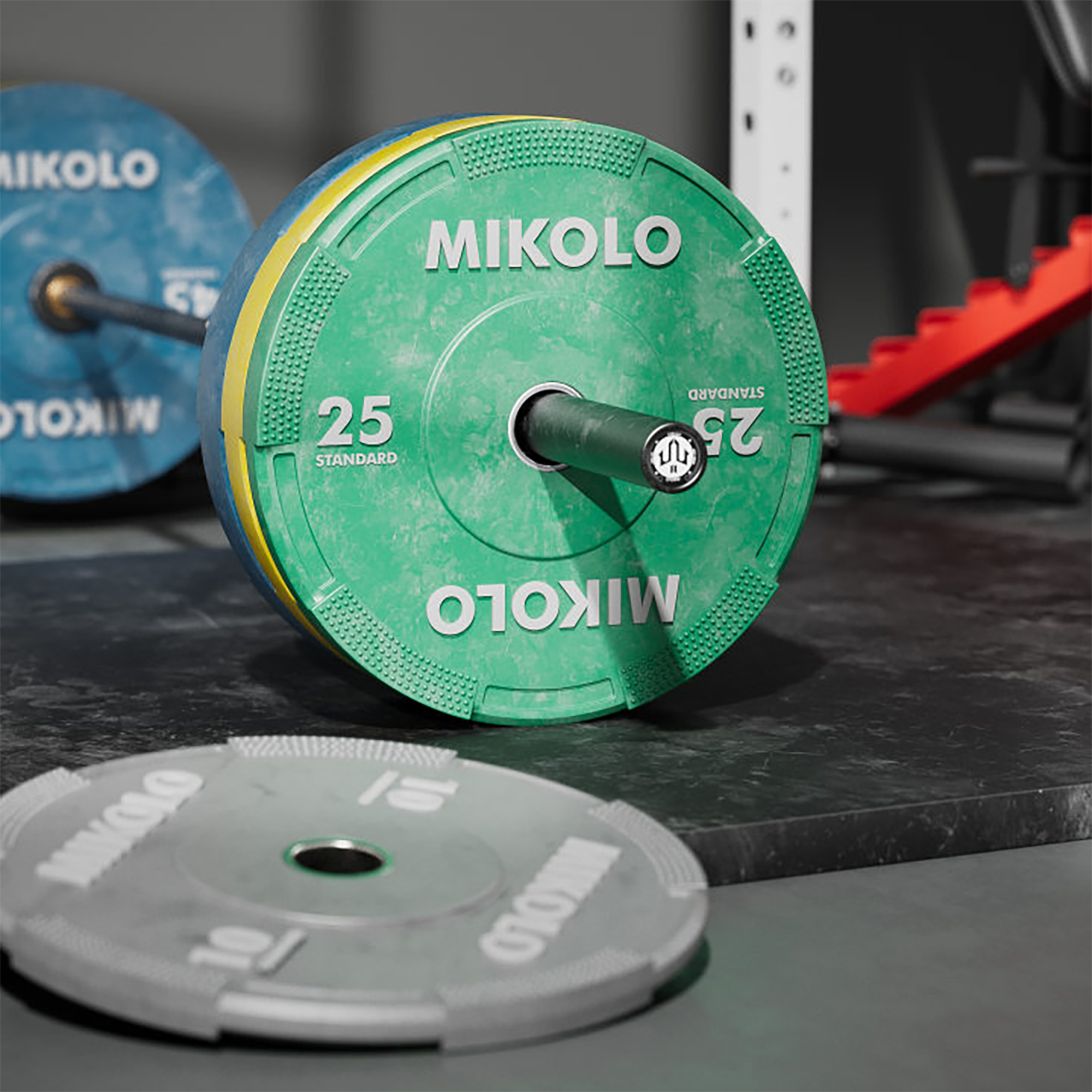
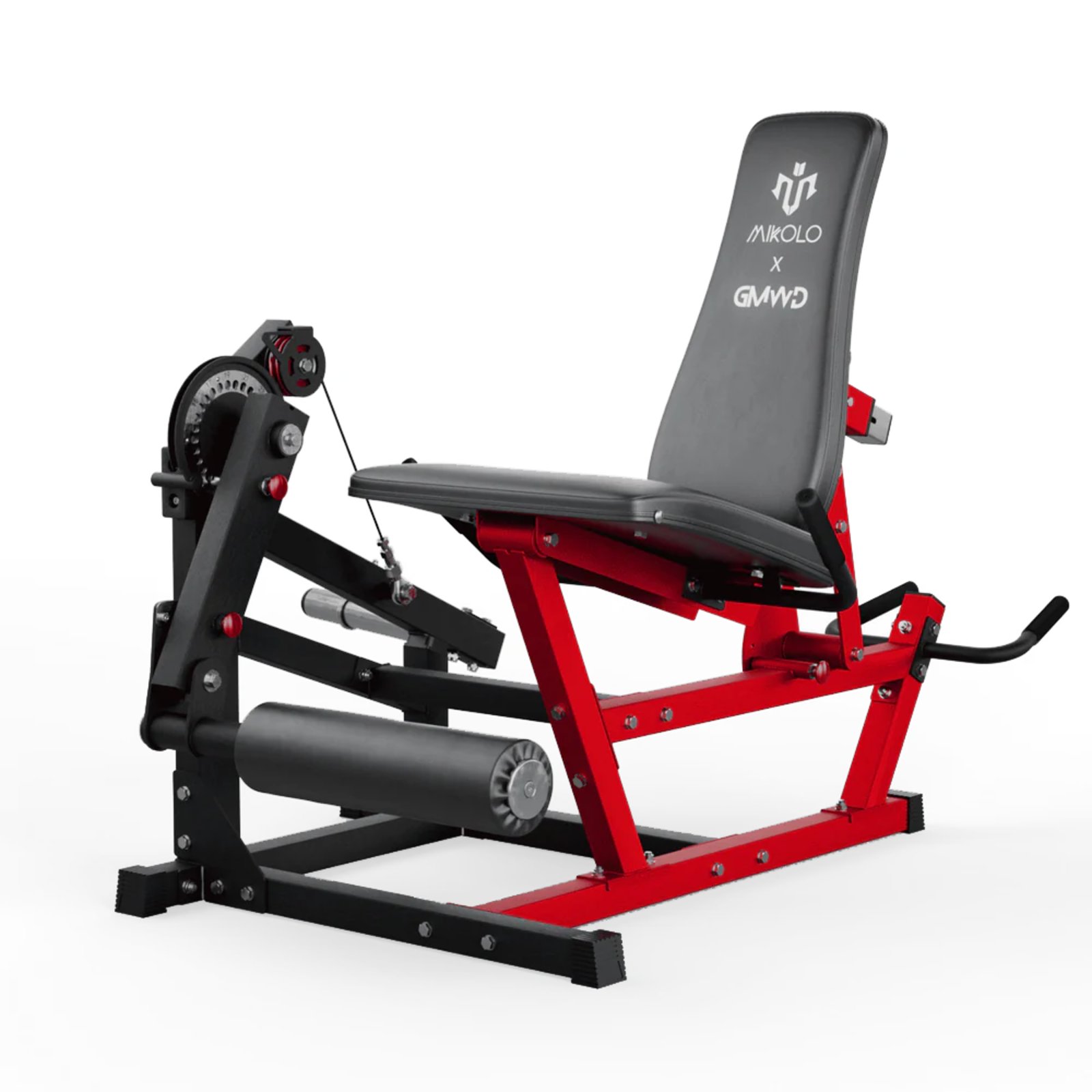
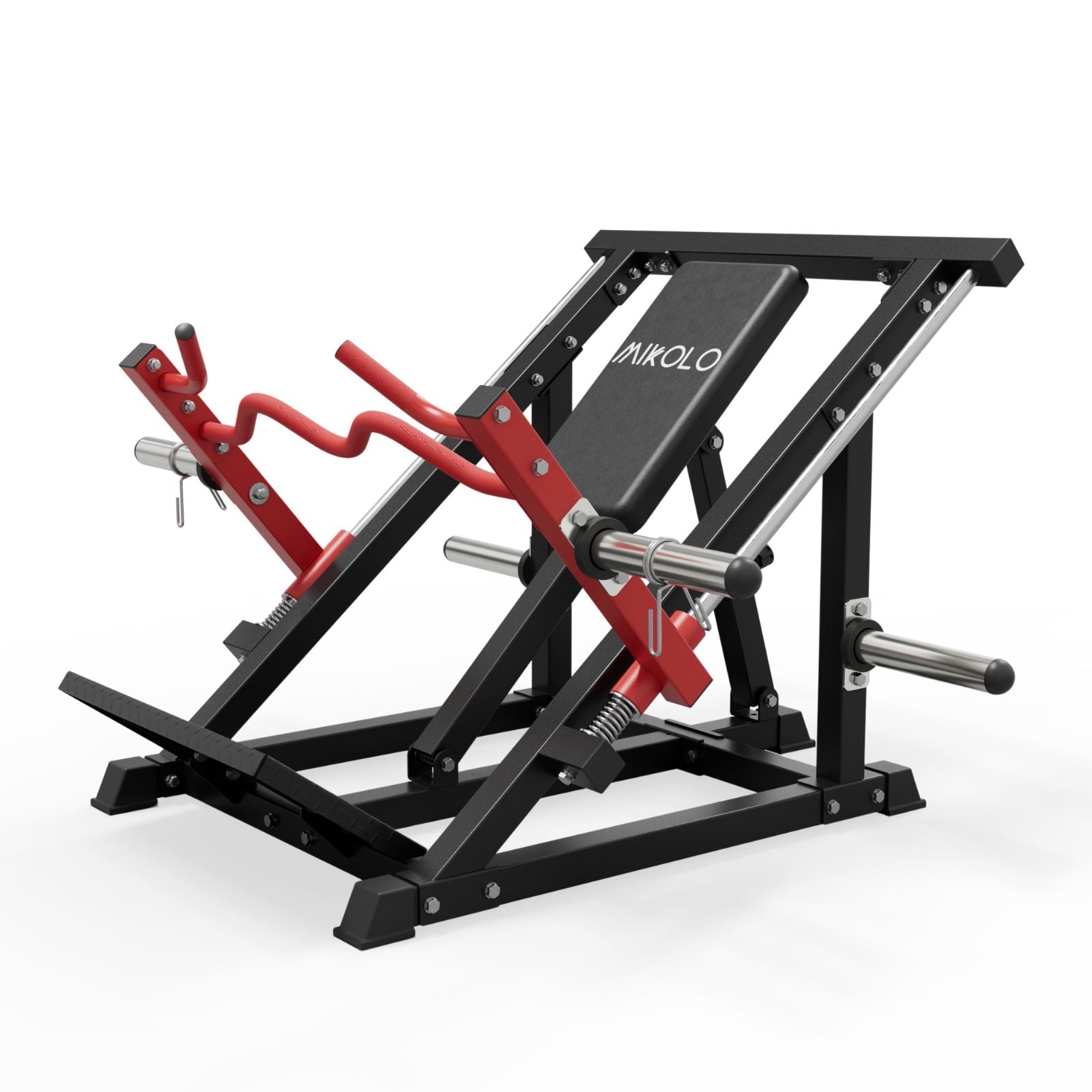
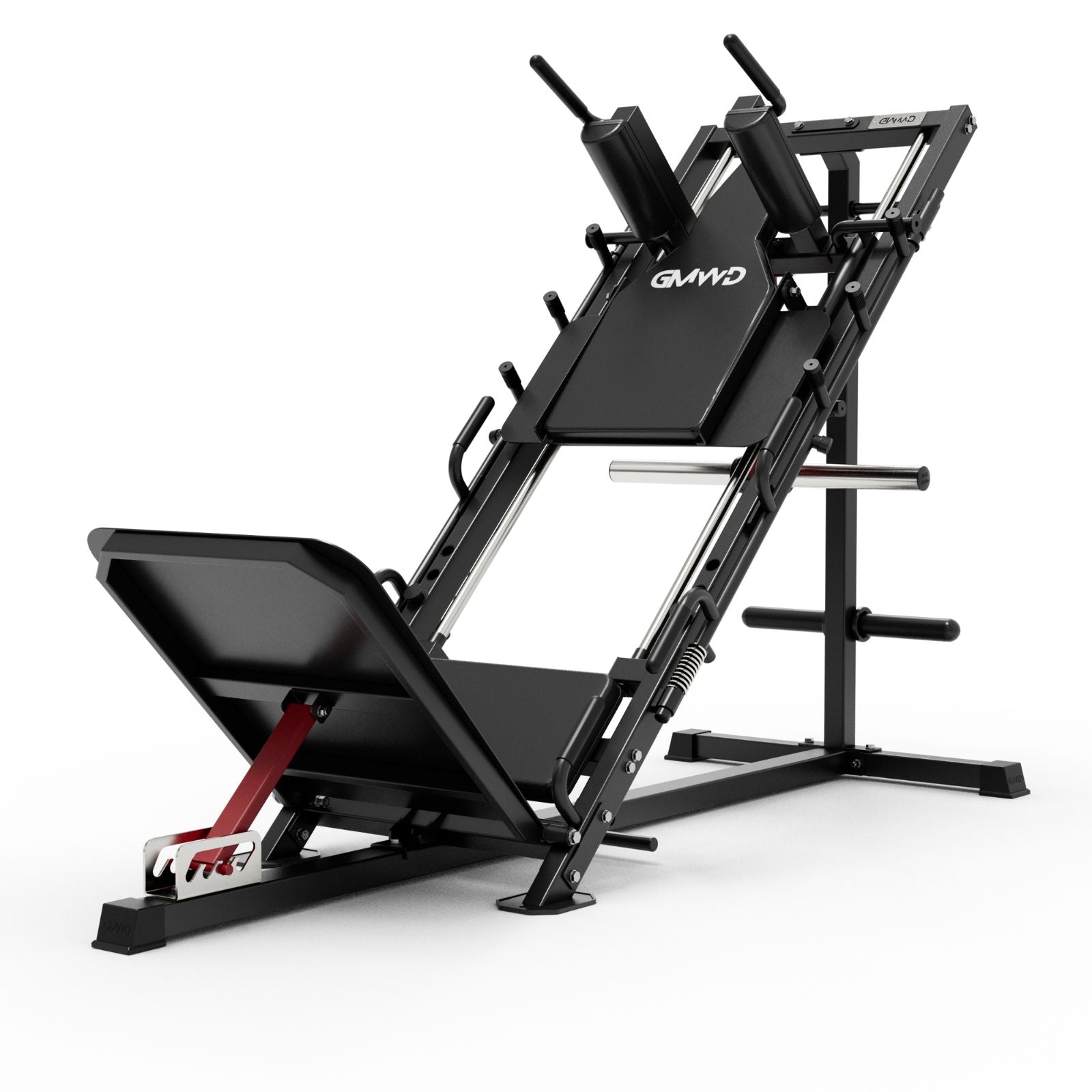
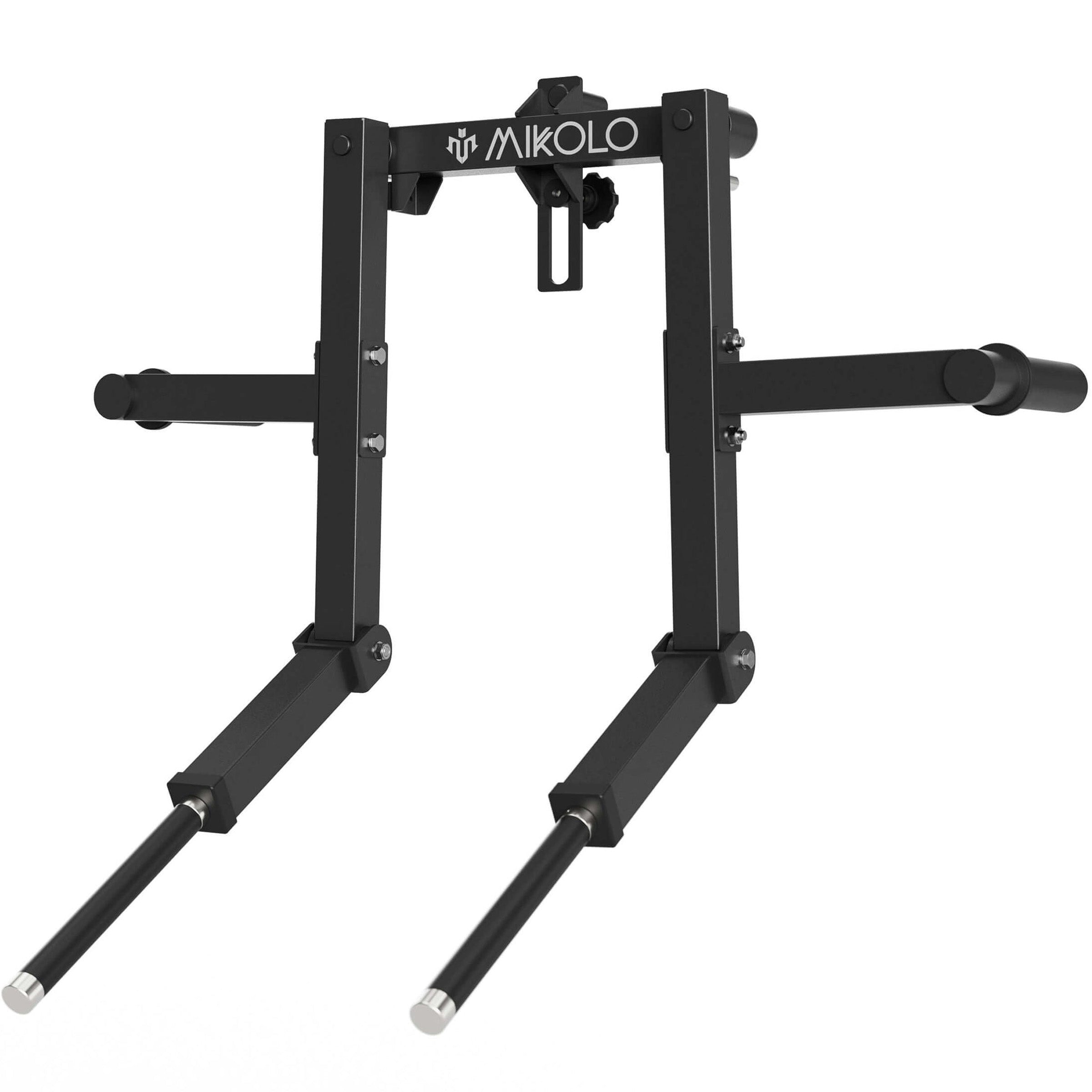
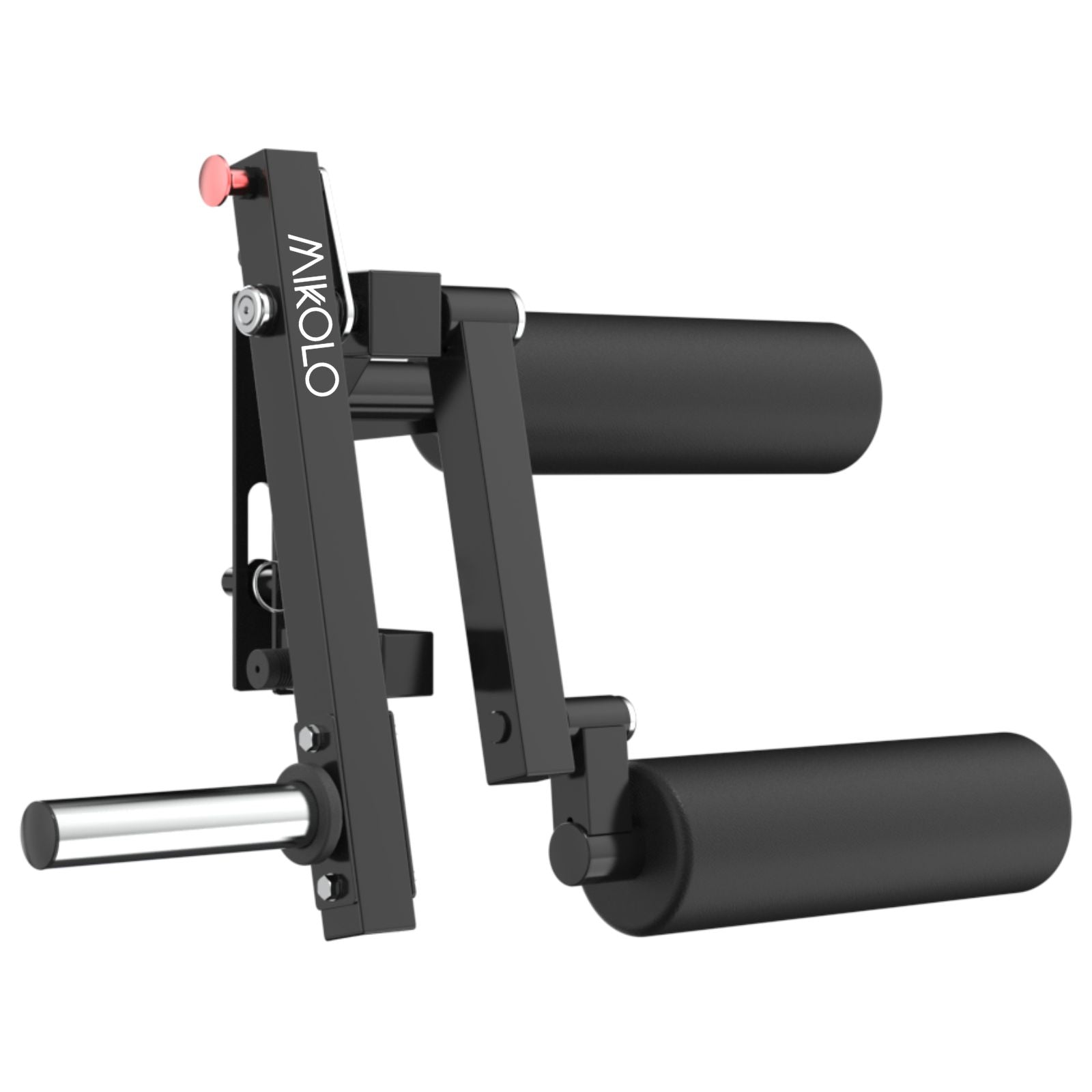
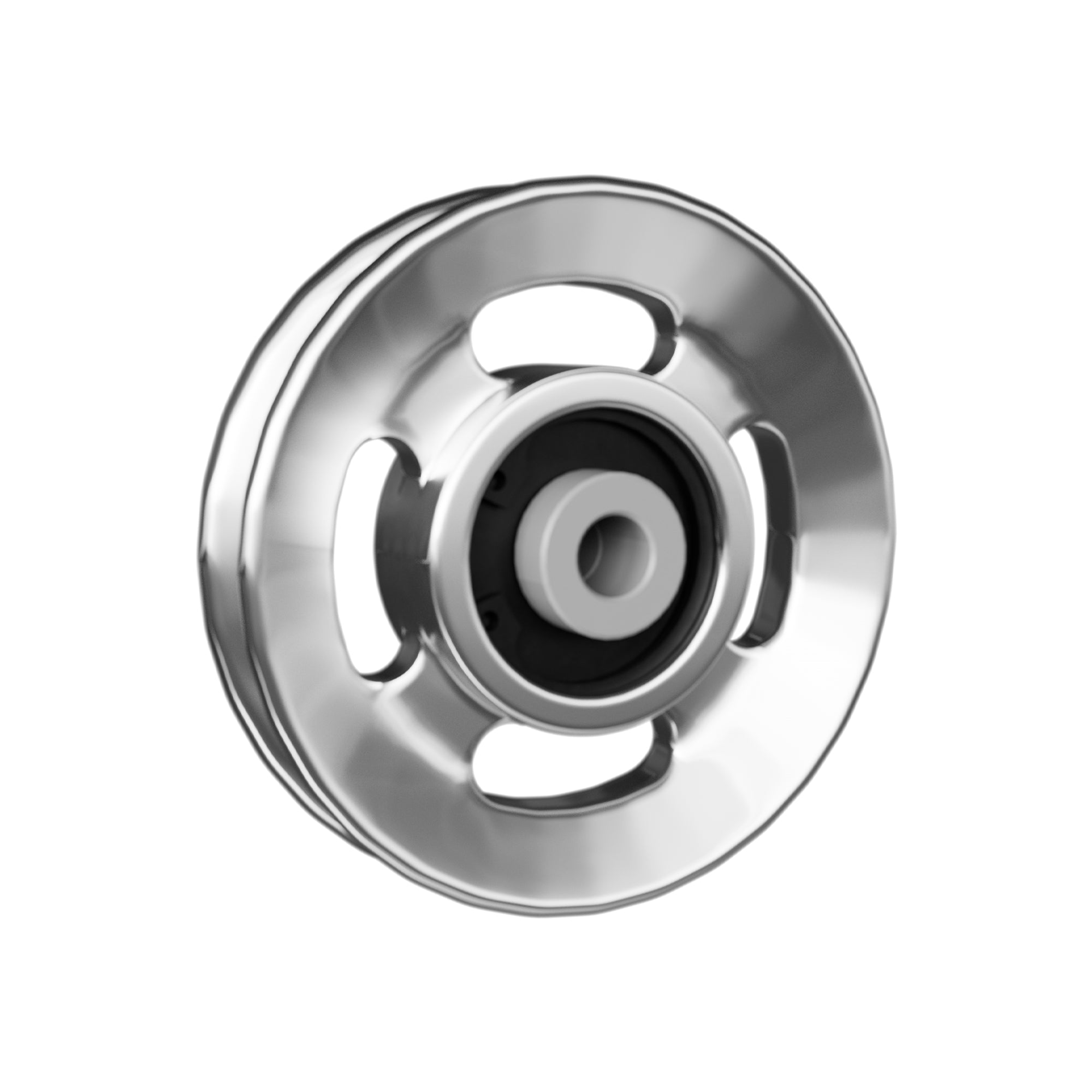
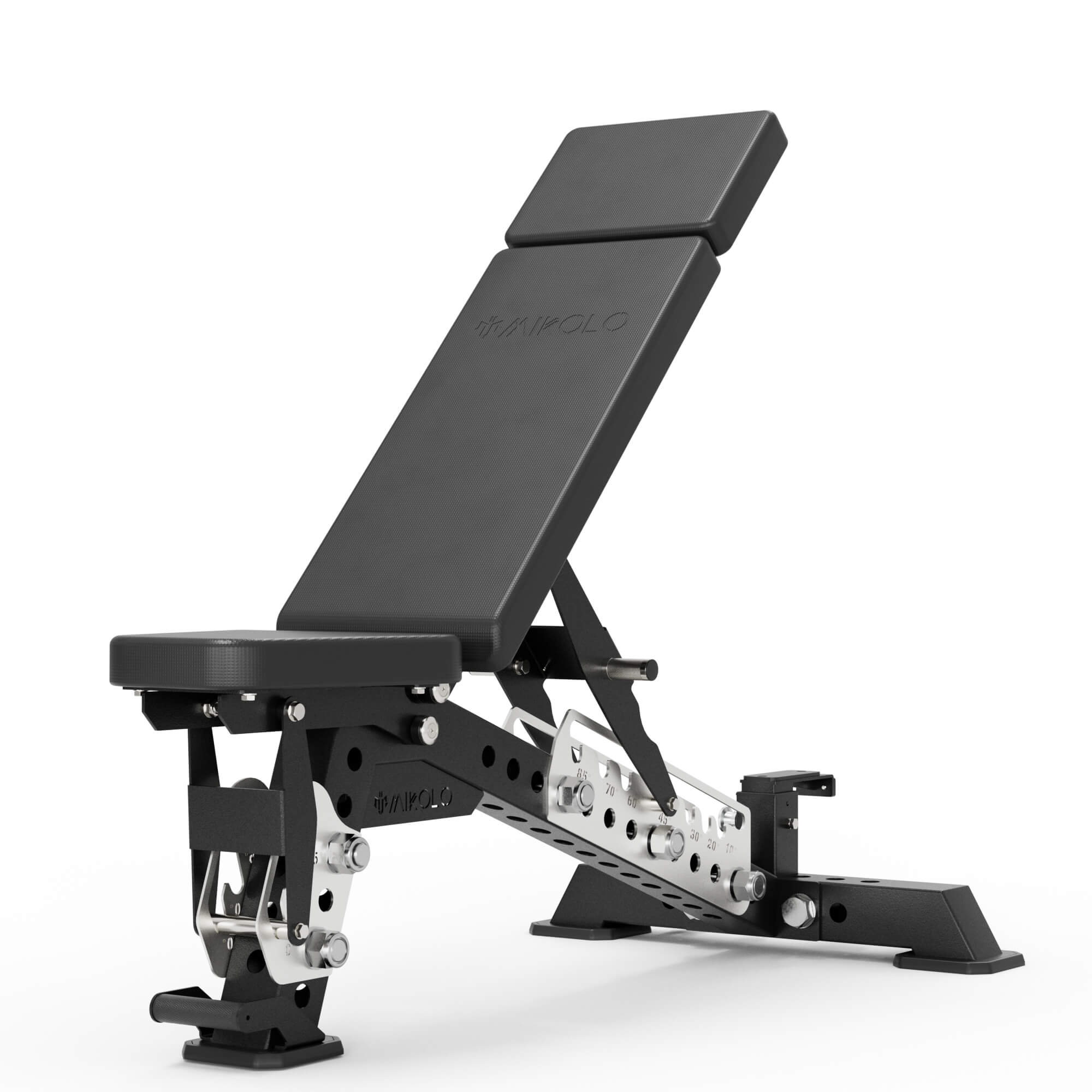
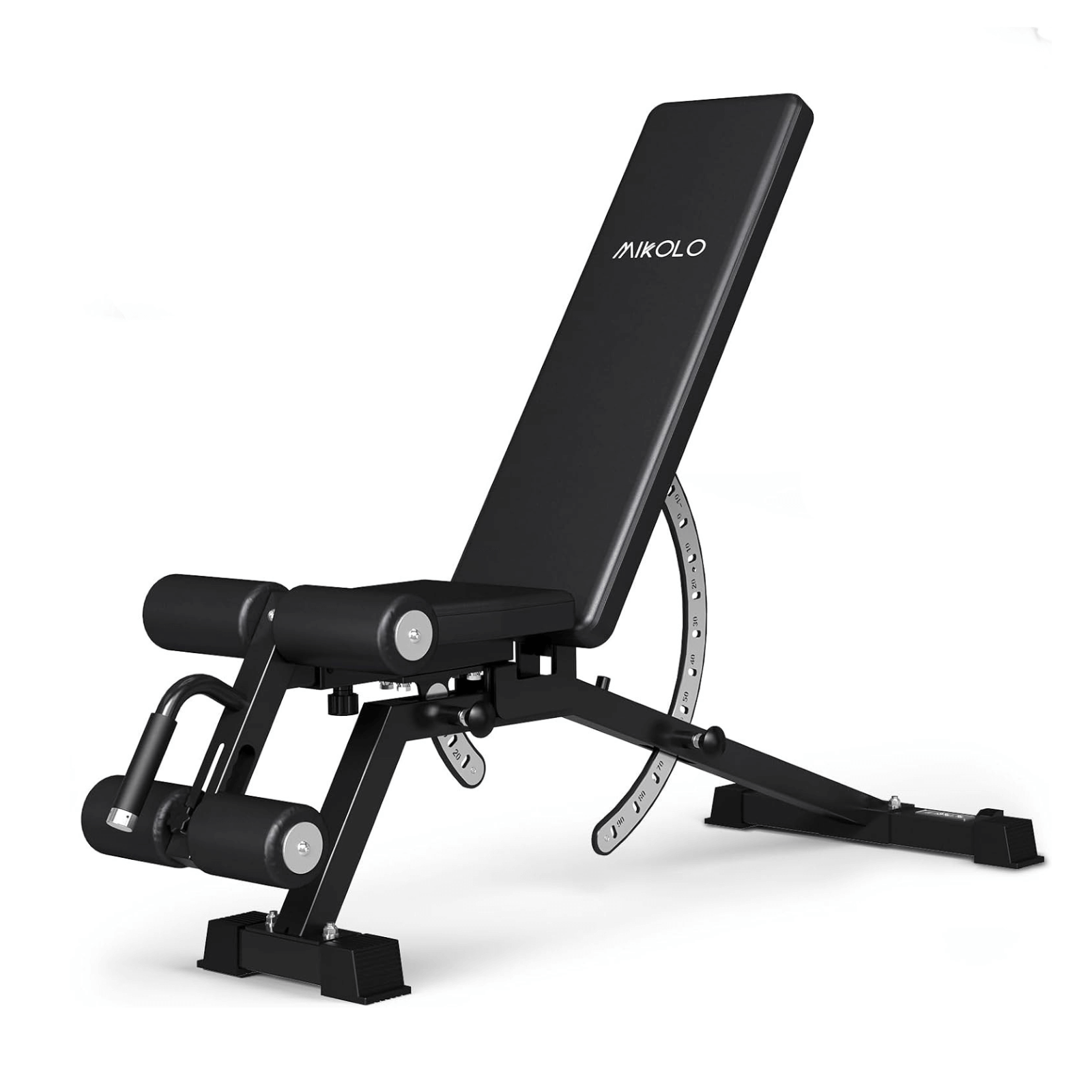
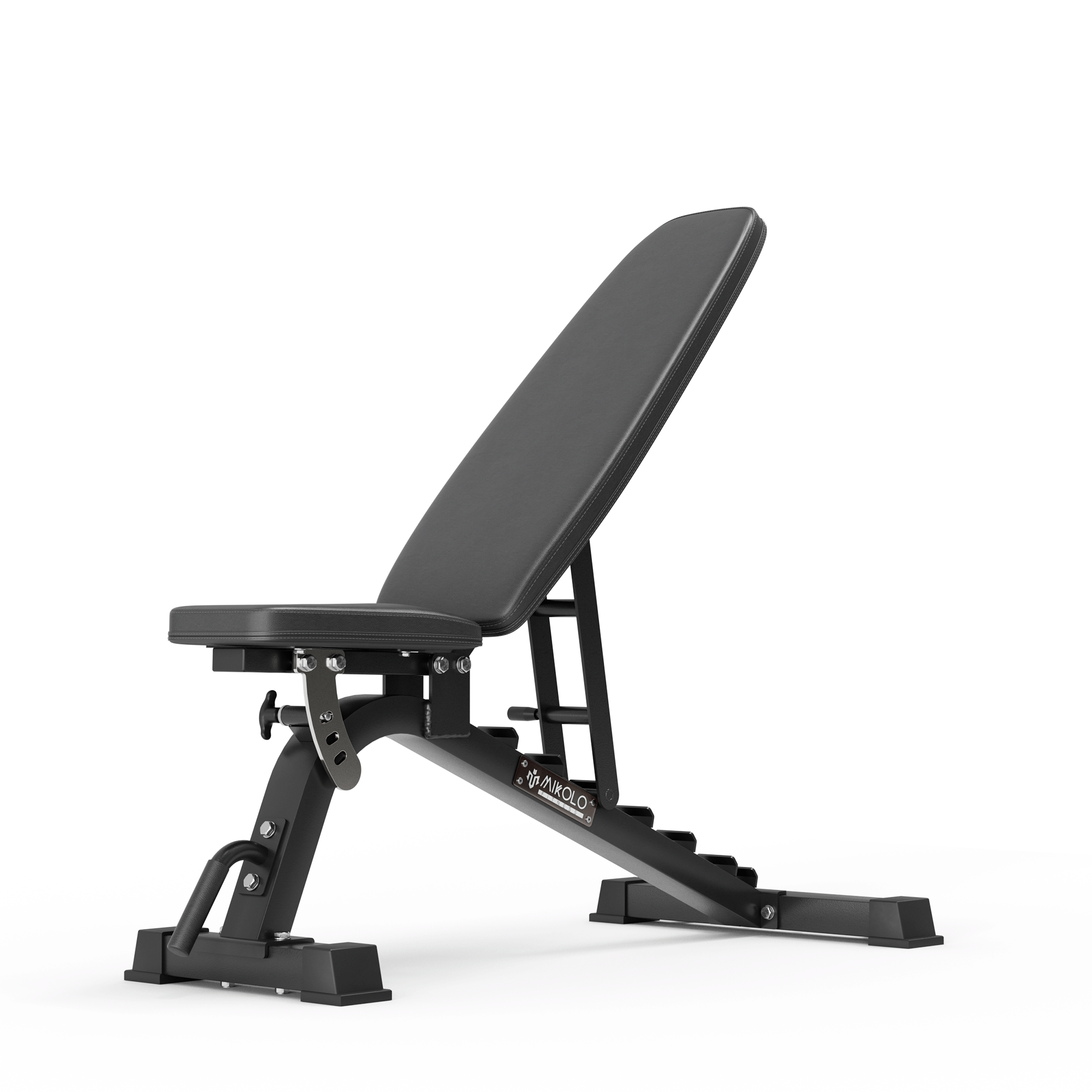
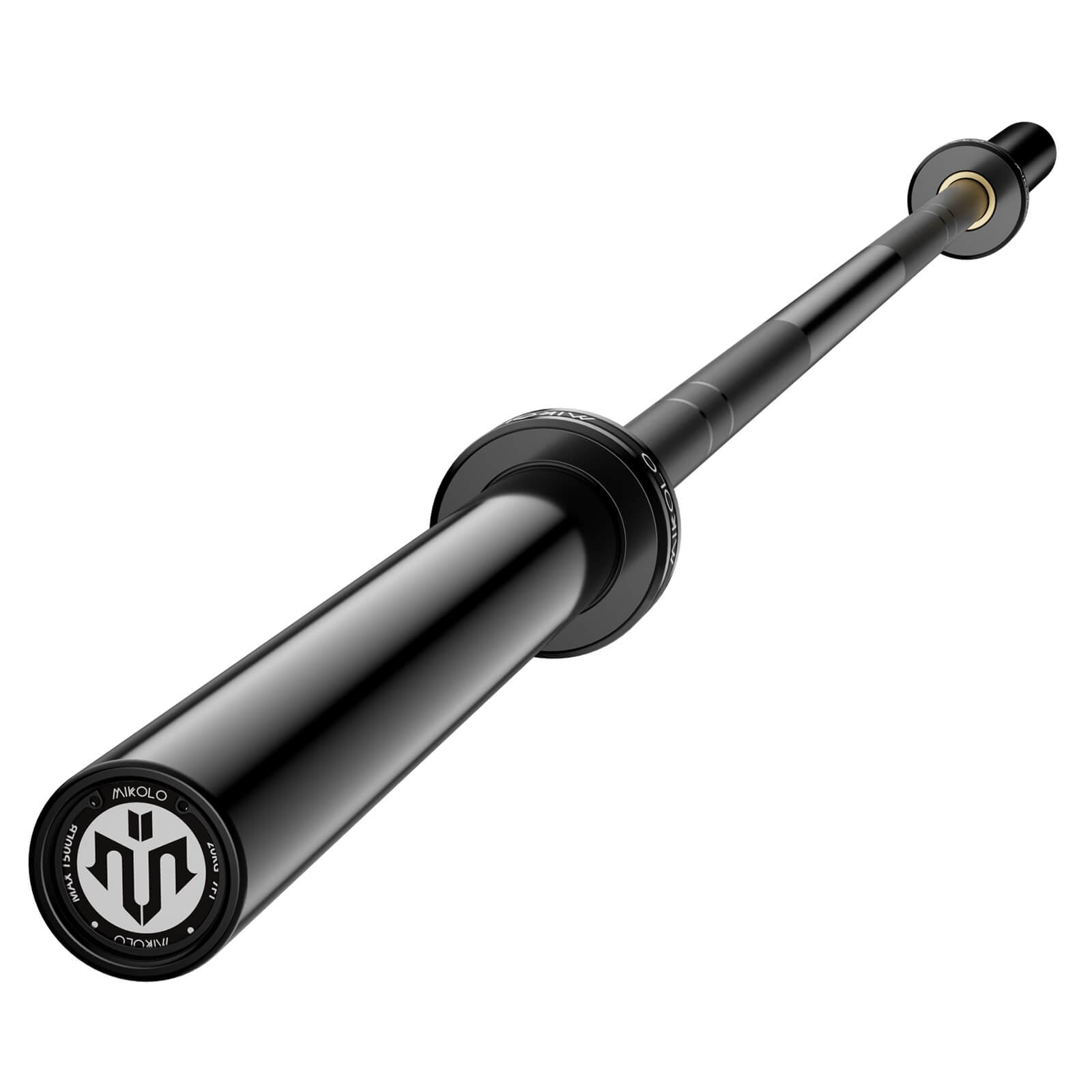
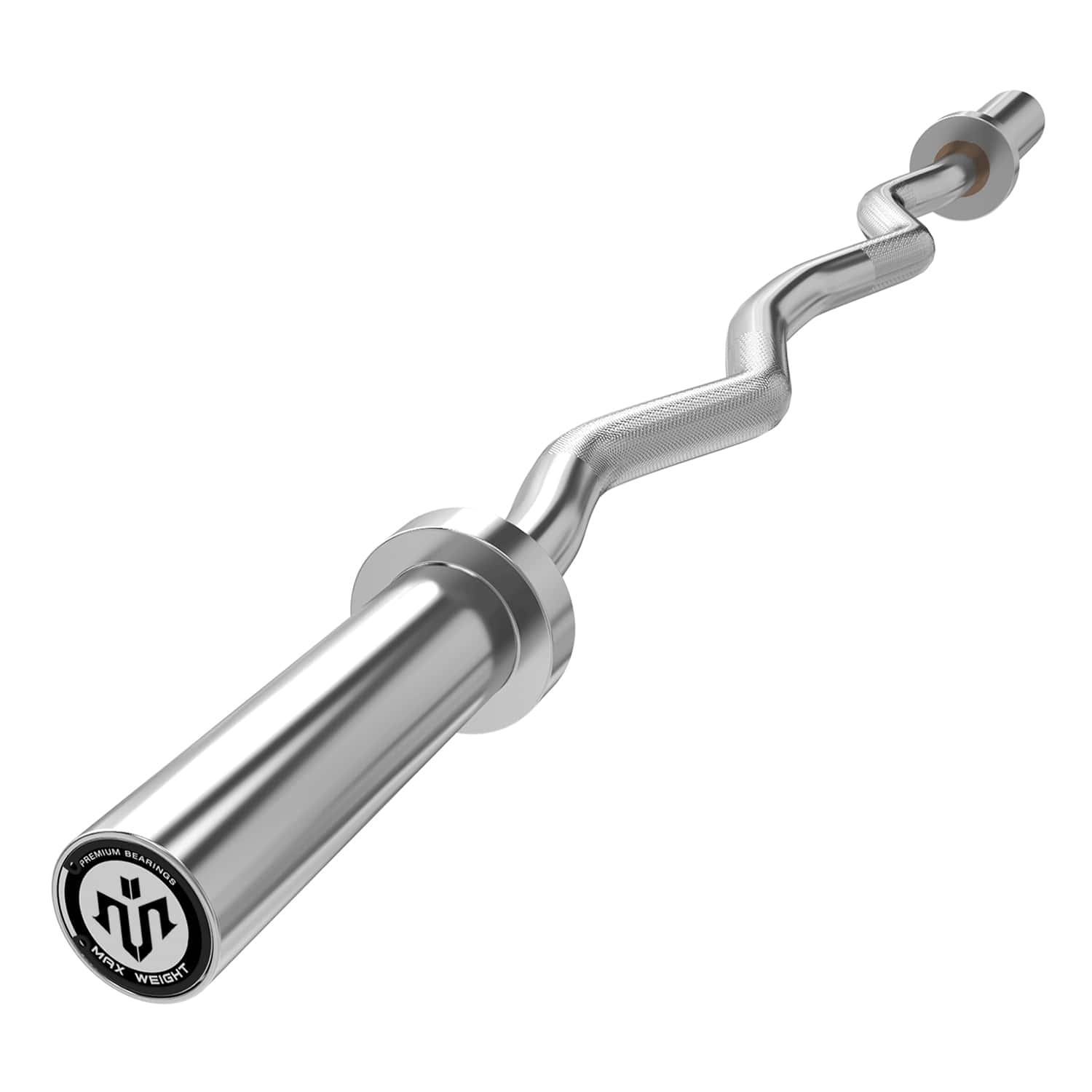
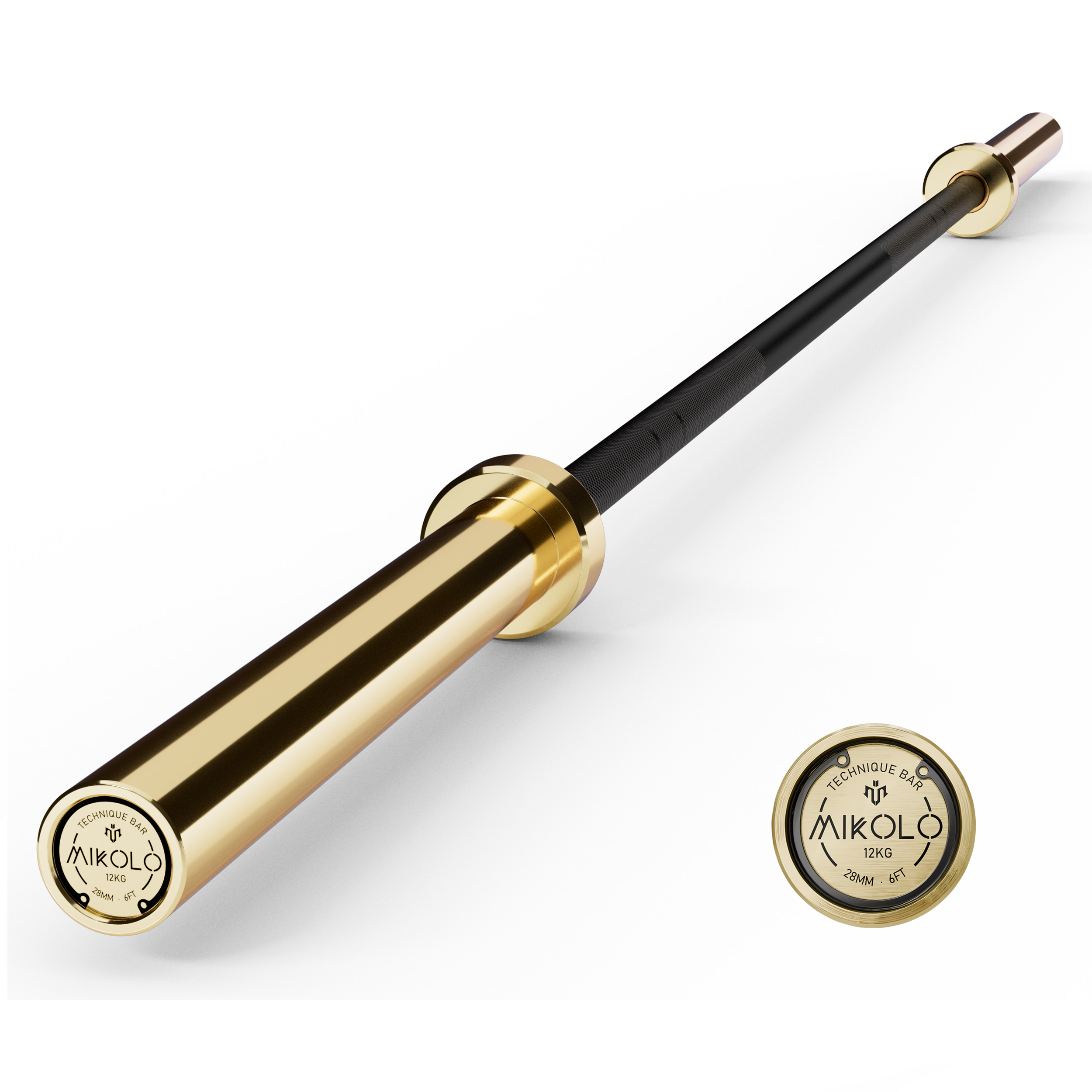
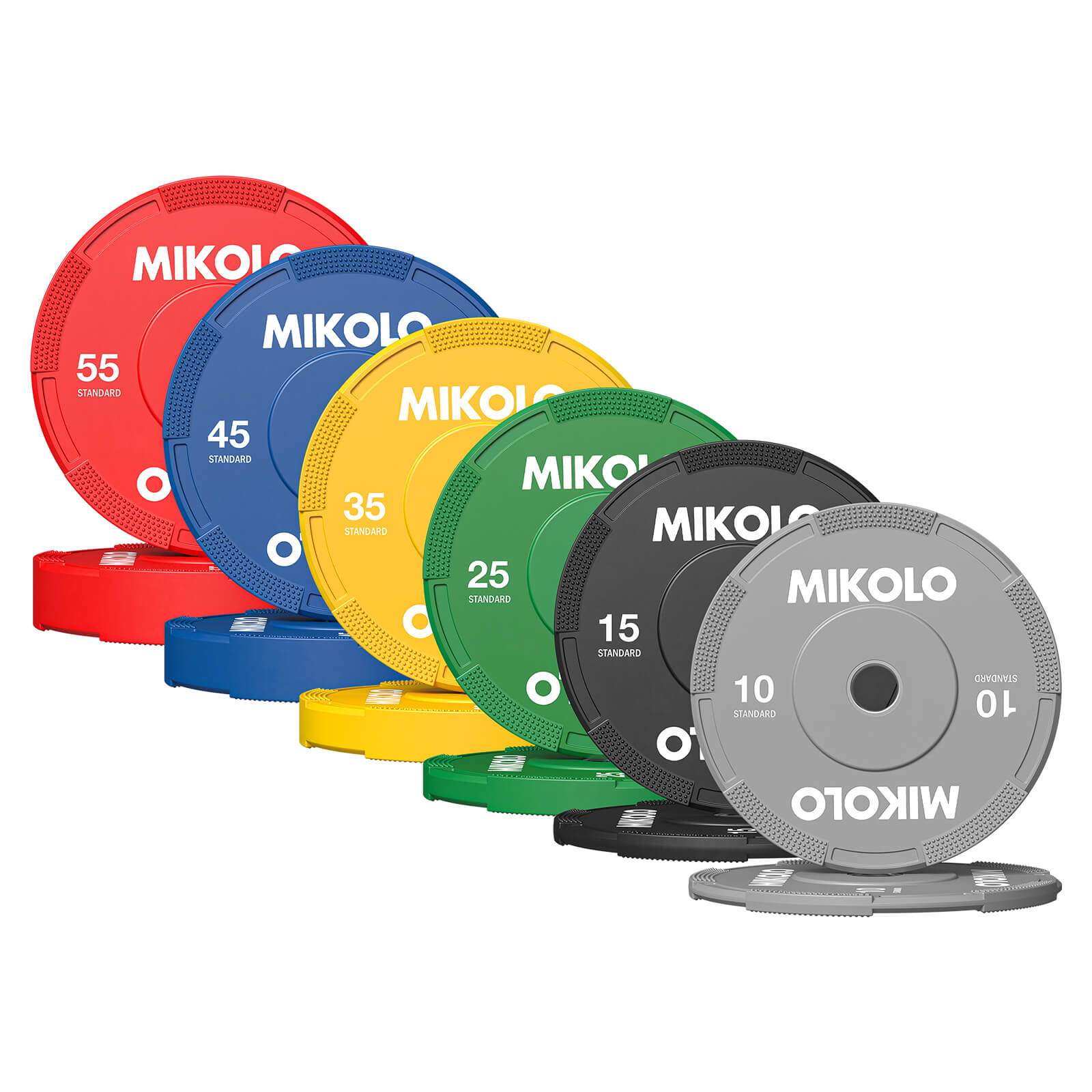
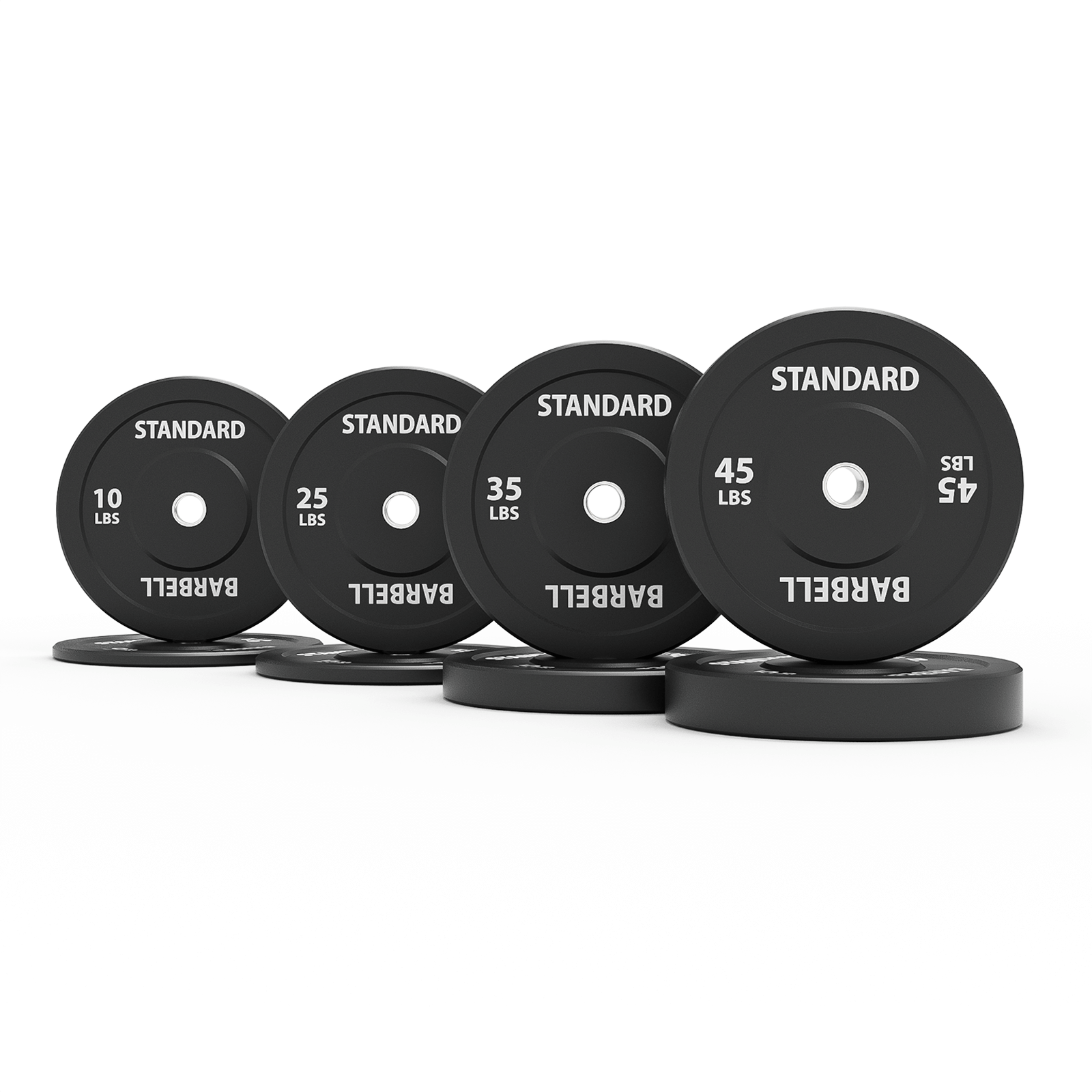
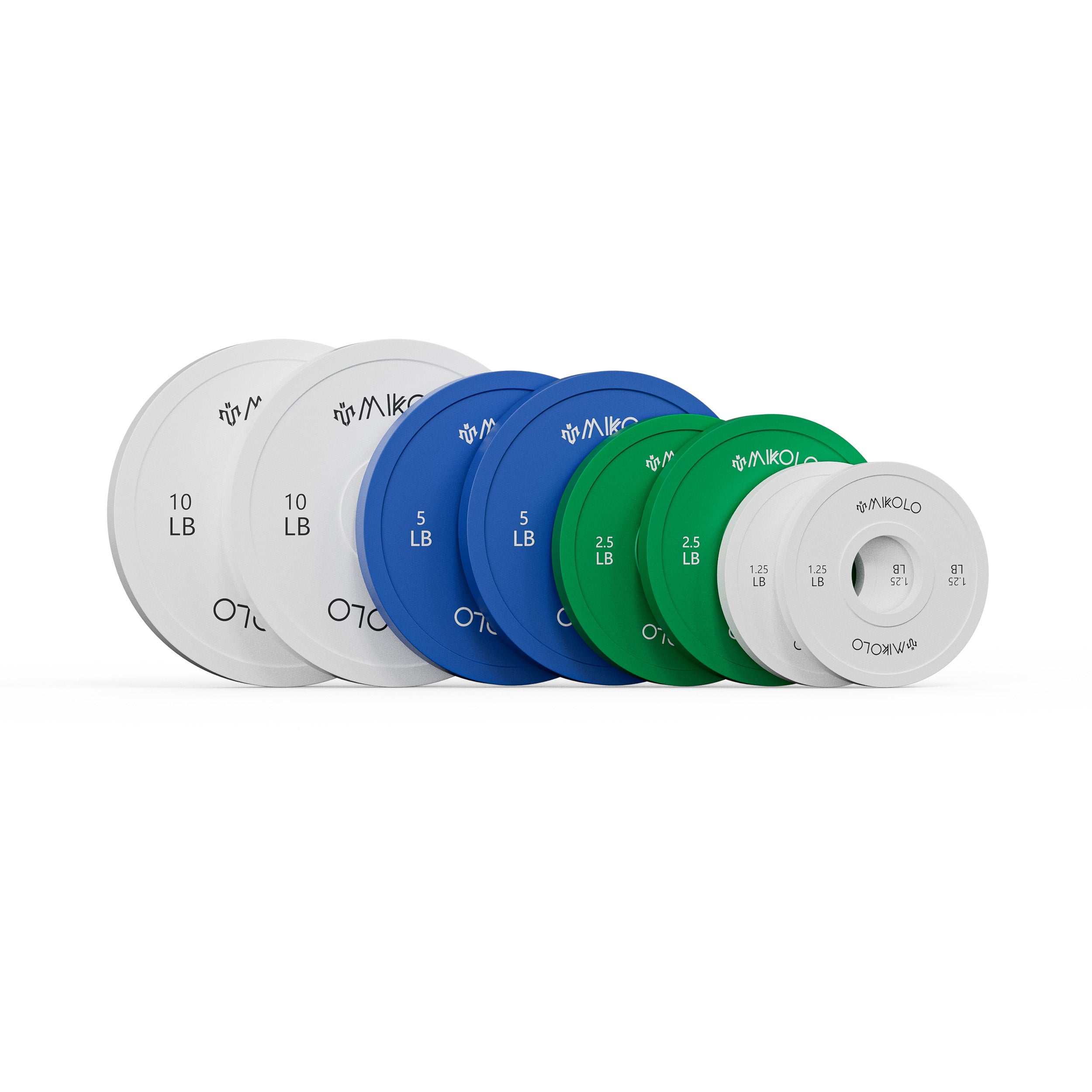

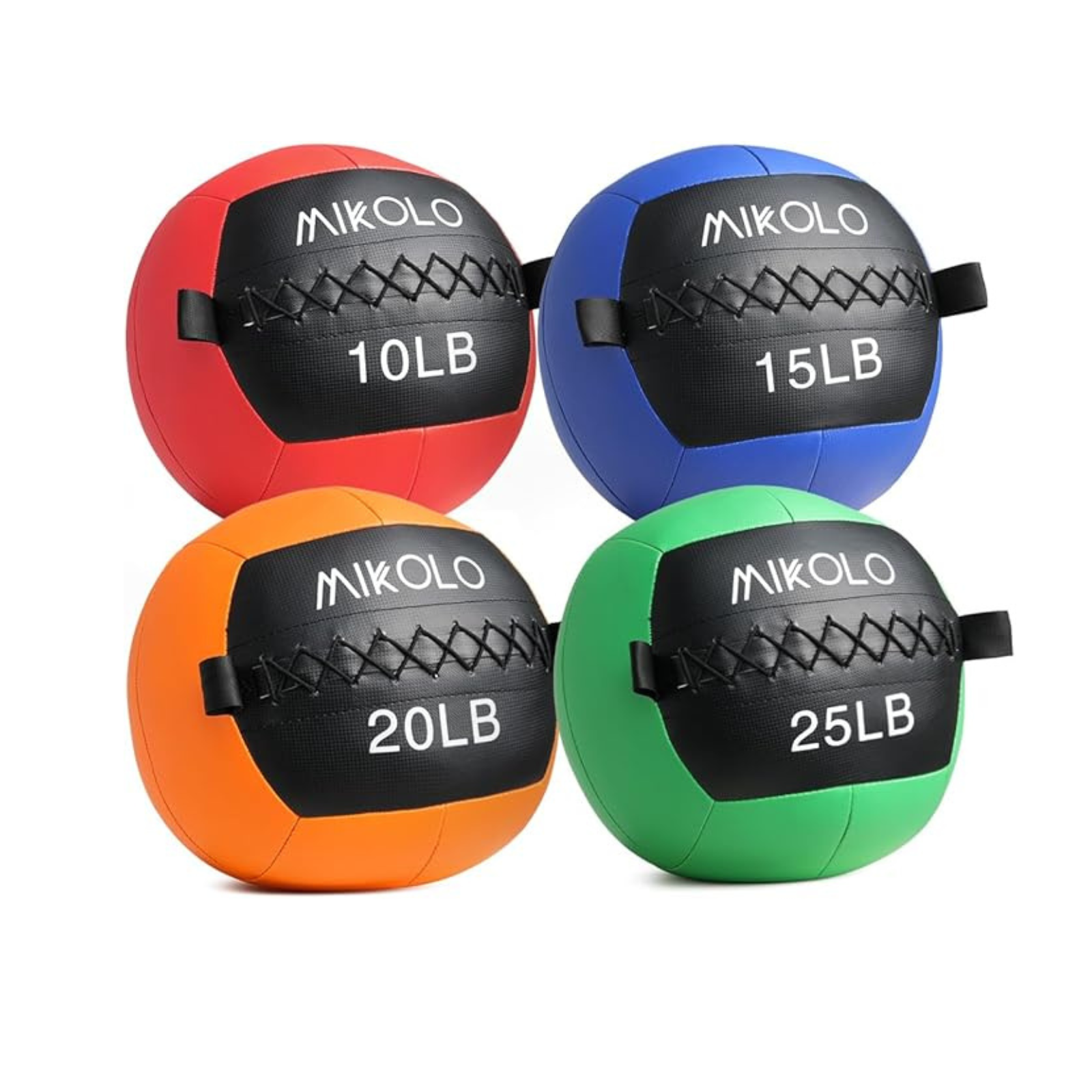
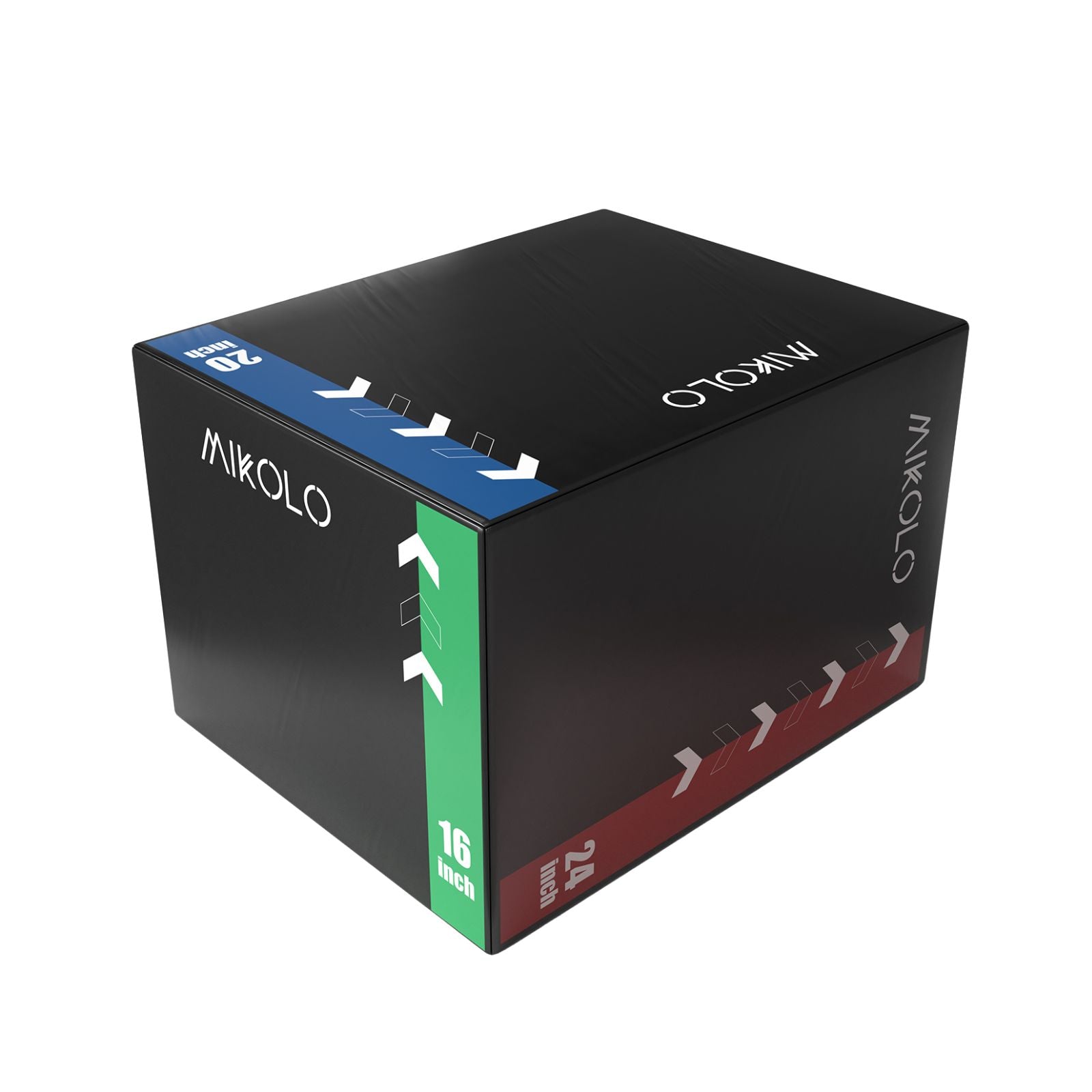
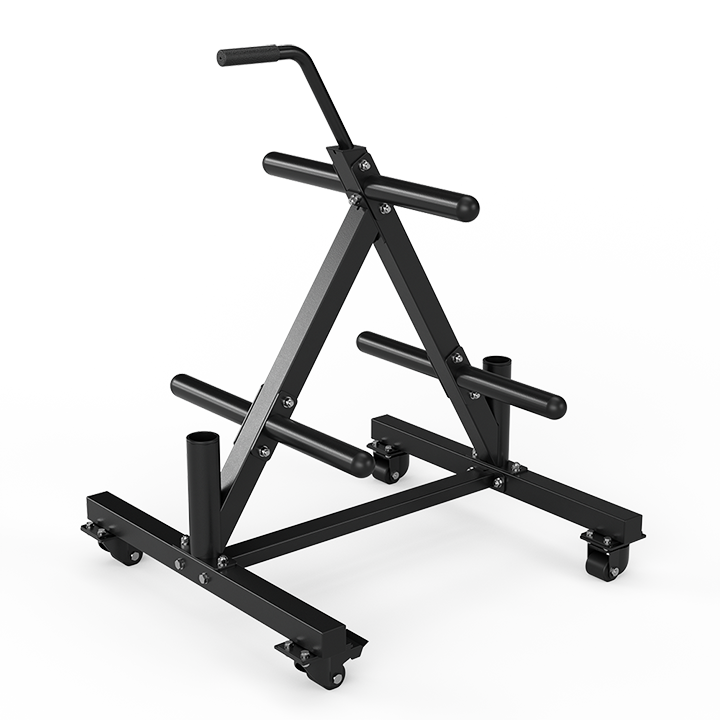
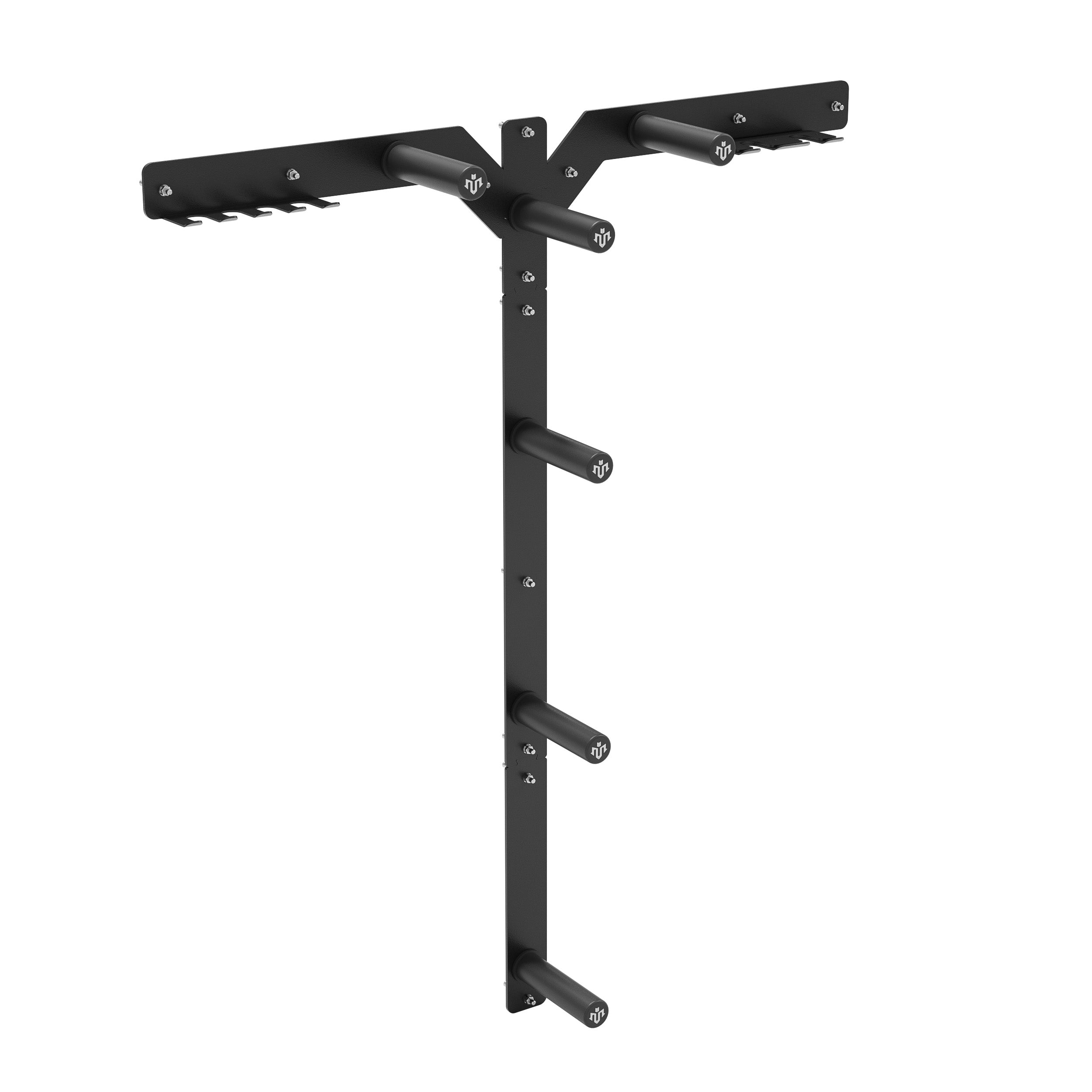
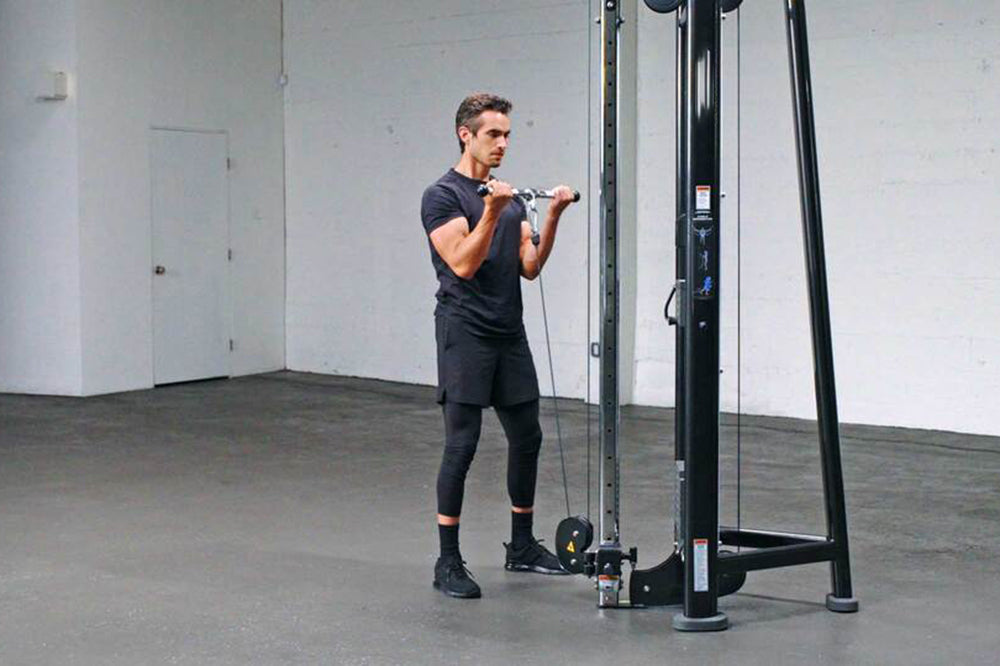
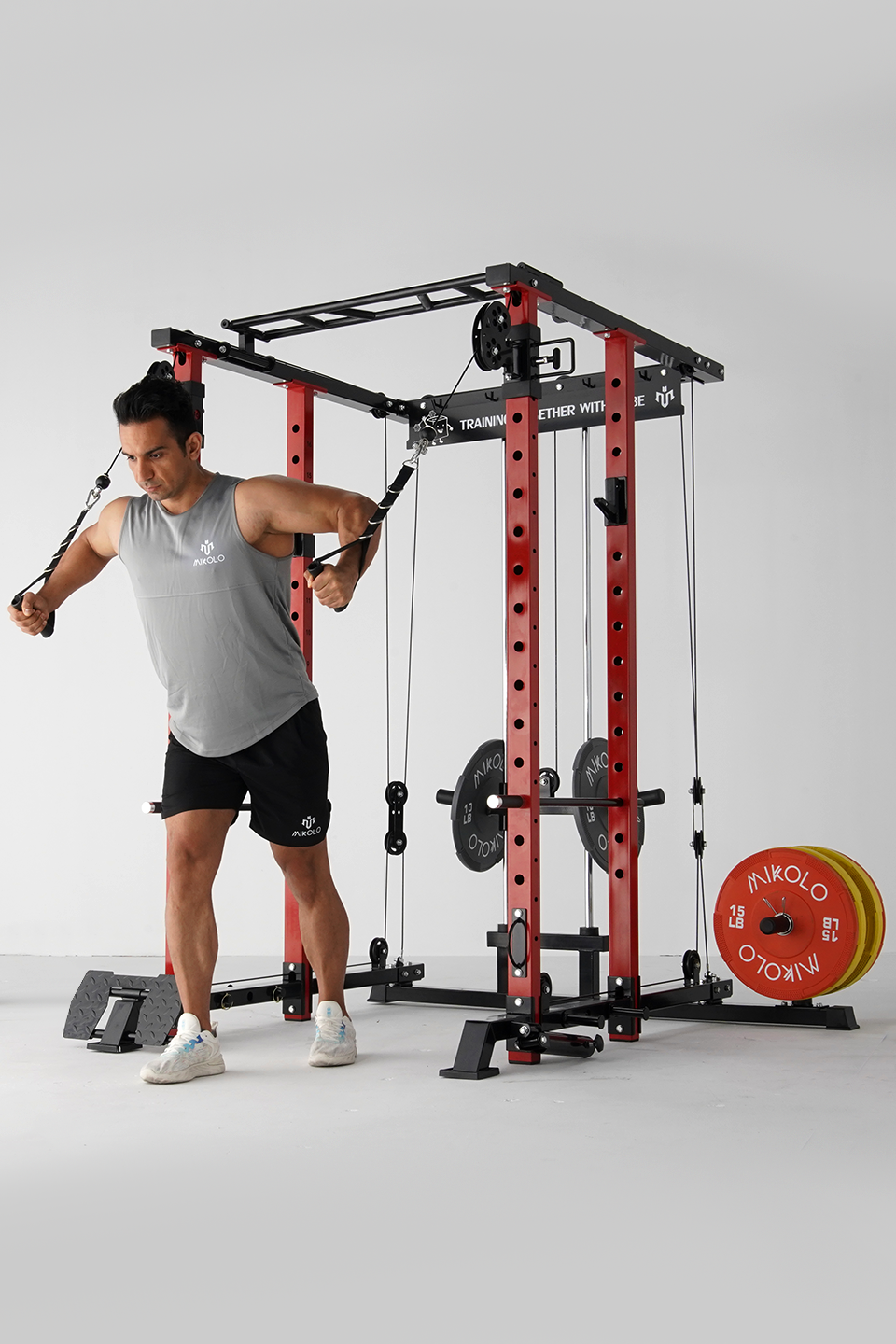



Leave a comment
This site is protected by hCaptcha and the hCaptcha Privacy Policy and Terms of Service apply.